Finding inspiration for crochet design

Reading time: 8 min
I've been wanting to compile a few guiding thoughts for when you're crocheting and you'd like to make something that will actually be used. Homemade items are often quickly set aside and not used as intended, usually because of aesthetics or practicality. Today, I'll focus more on aesthetics.
These are not all-encompassing, but for an easy start I have 7 guiding thoughts to create pieces that will be desired and appreciated in the long term:
- Personal Ethnic & Cultural Background
- Look to Tradition
- Look to the Basics
- If it occurs in Nature
- If it looks like Art
- If it's reminiscent of a Bookshelf
- Natural Fibres: Wool, Cotton, Linen, Jute
Ethnic & Cultural Backgrounds
Whether you are crocheting for yourself or someone else, consider referencing individual ethnic and cultural backgrounds. Individual is a key modifier here; not only do you want to practise a degree of respect but this will also result in more meaningful pieces.
Discernibly homemade items, particularly when crocheted, generally suit fewer styles of dress. When paired with store-bought clothing, or even meticulously homemade knitwear, homemade crochet pieces can drastically change the texture, impression, and attitude of an ensemble. If you or the person you are creating for has a sense of style that does not already include homemade aesthetics and imperfections, it may be difficult to incorporate crochet pieces. Even if the labour is appreciated, a piece that dampens the impression you'd like to give with how you dress is unlikely to be worn on a regular basis.
Exceptions to this increasingly occur the more personal attachment and identity a piece is imbued with. Yes, having a piece homemade is already meaningful, but additional points of connection like family values, nostalgia, and ancestry give deeper meaning and greaten the effect. Personal style is usually about how an individual wants to feel or be perceived energetically; the sense of strength and self-assuredness brought about by these elements complements a greater variety of these desires in more people.
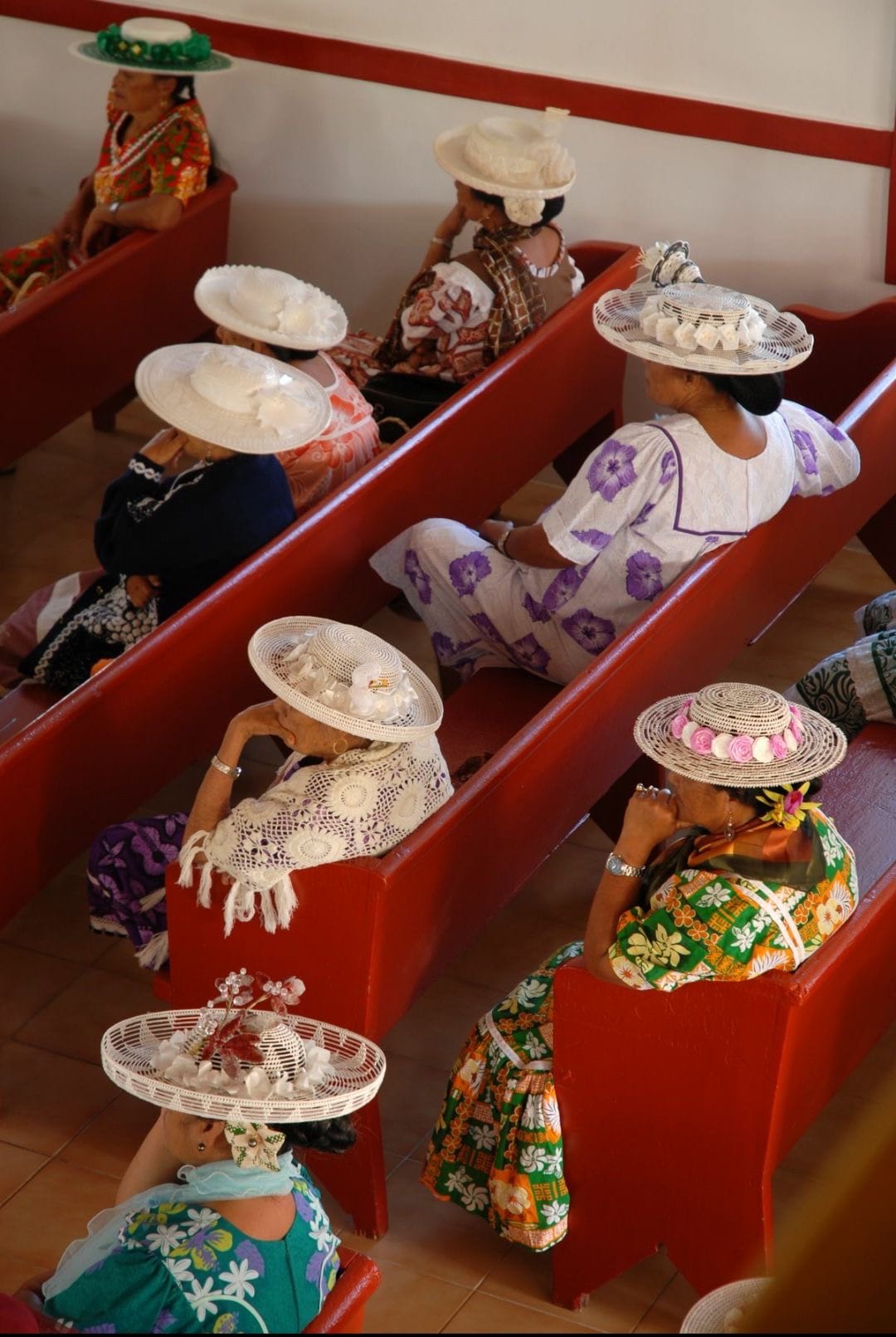

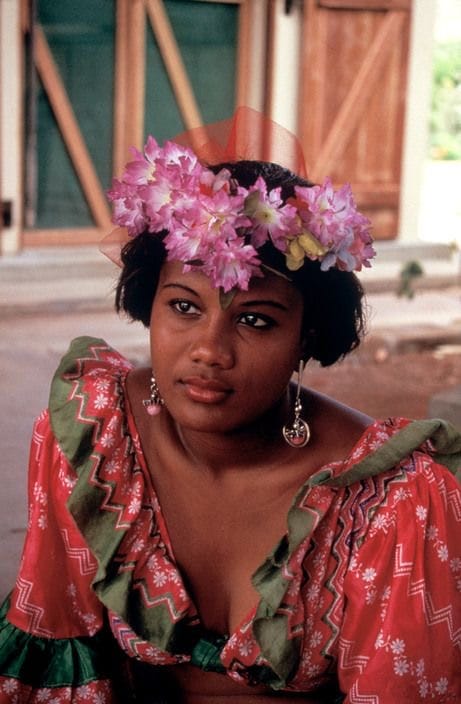

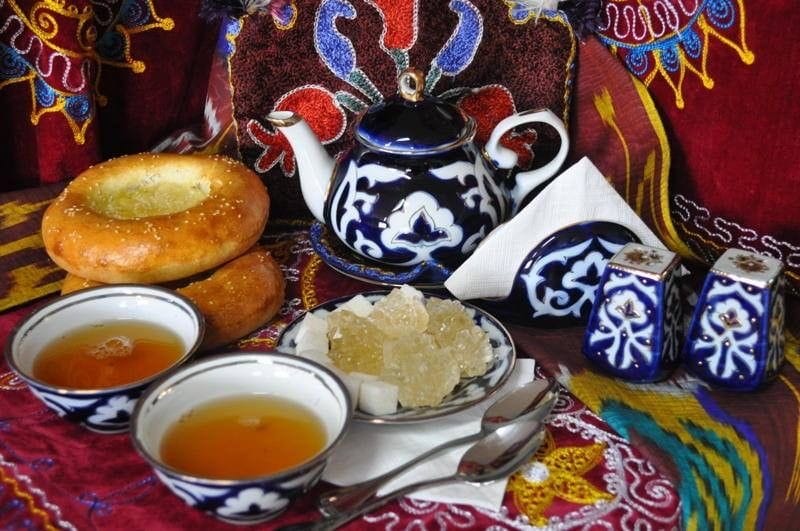
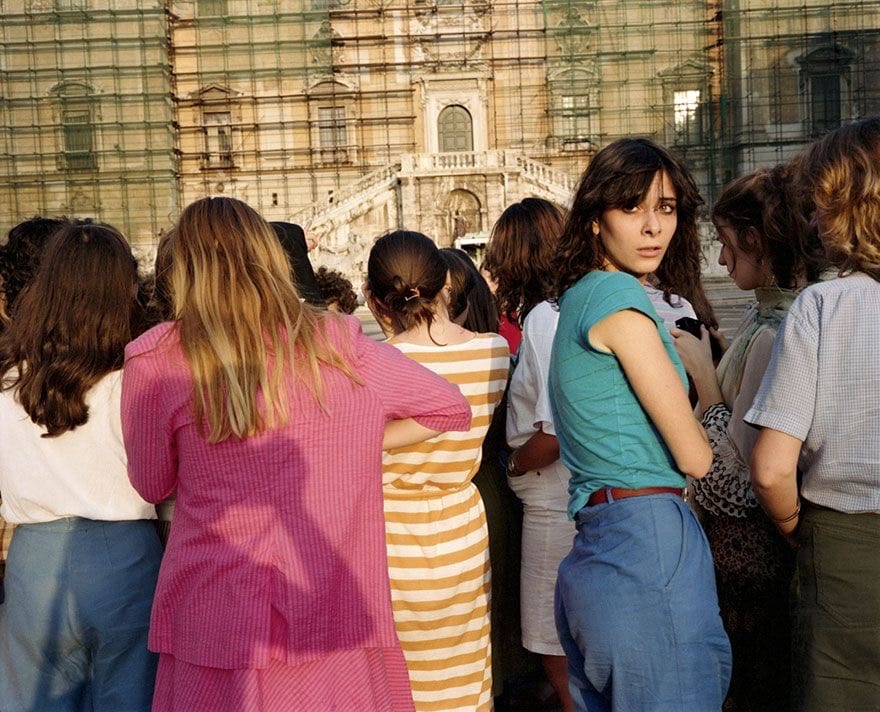
When looking for inspiration with this thought in mind, try specifically looking to colour palettes, patterns, shapes, and techniques.
Textiles, walls, tiles, and landscapes can be referenced for colour combinations that are understated and subtly pleasing. If there is enough variation, food can be used this way as well.
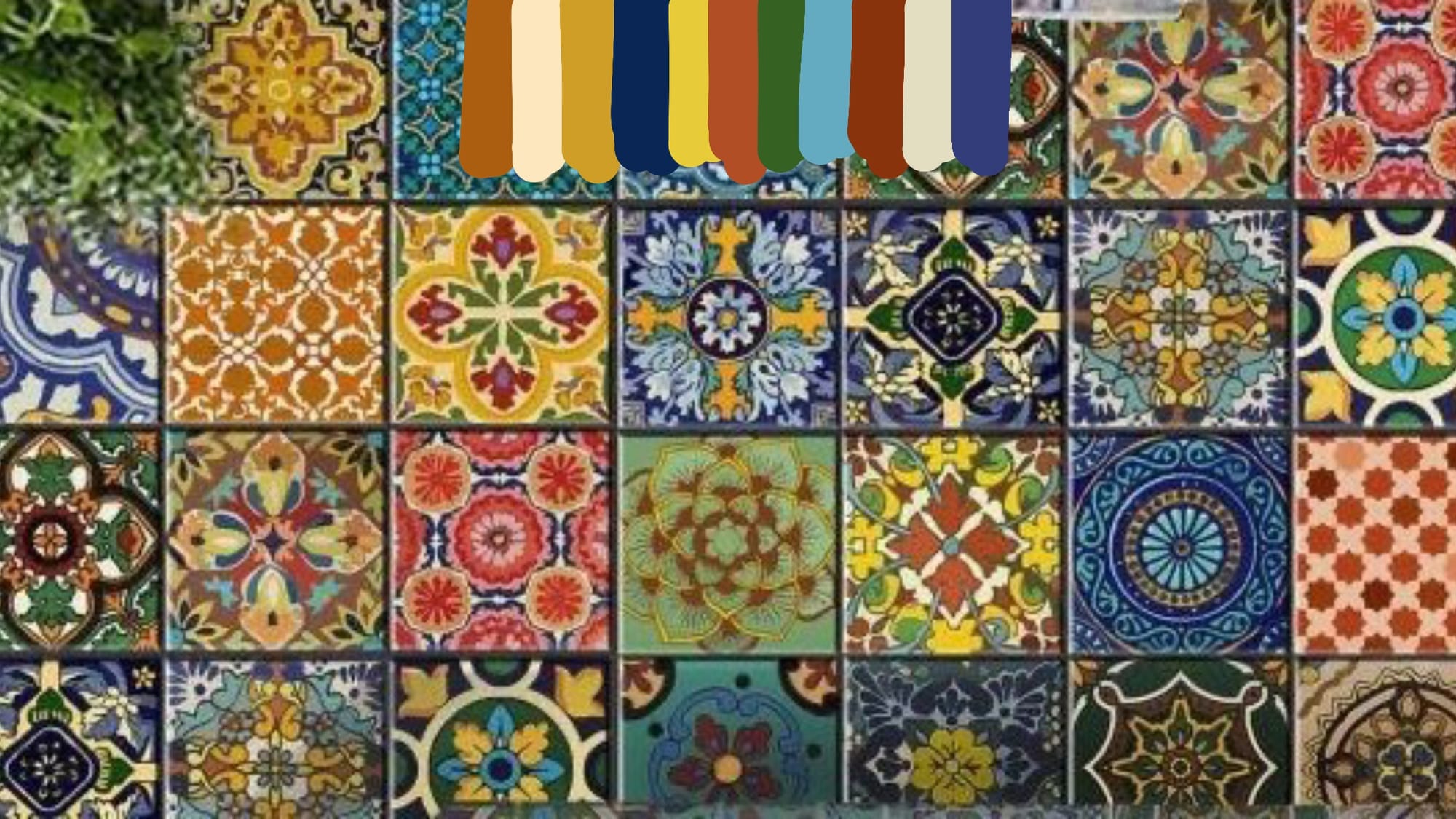
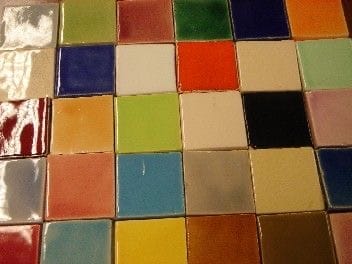
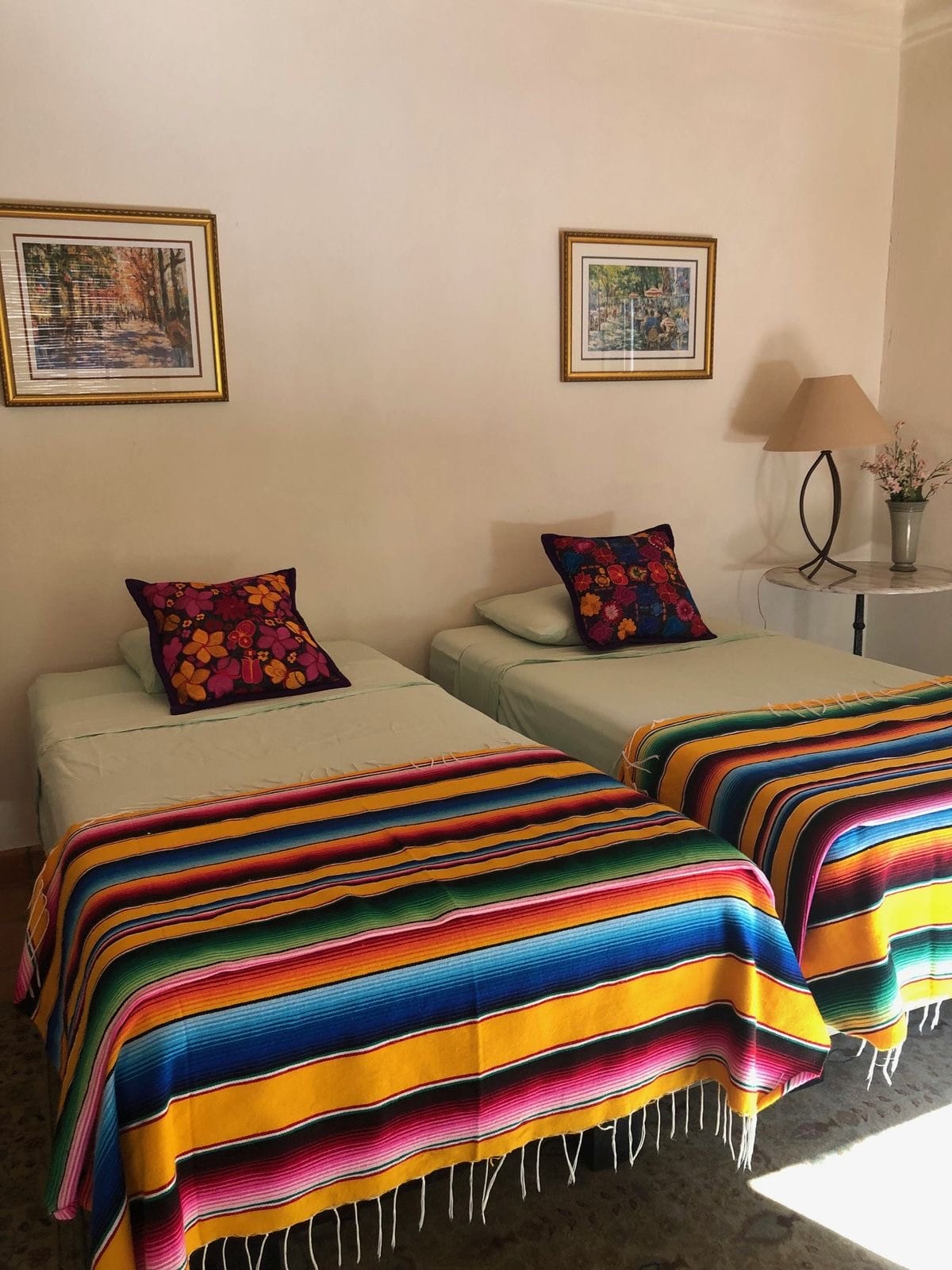
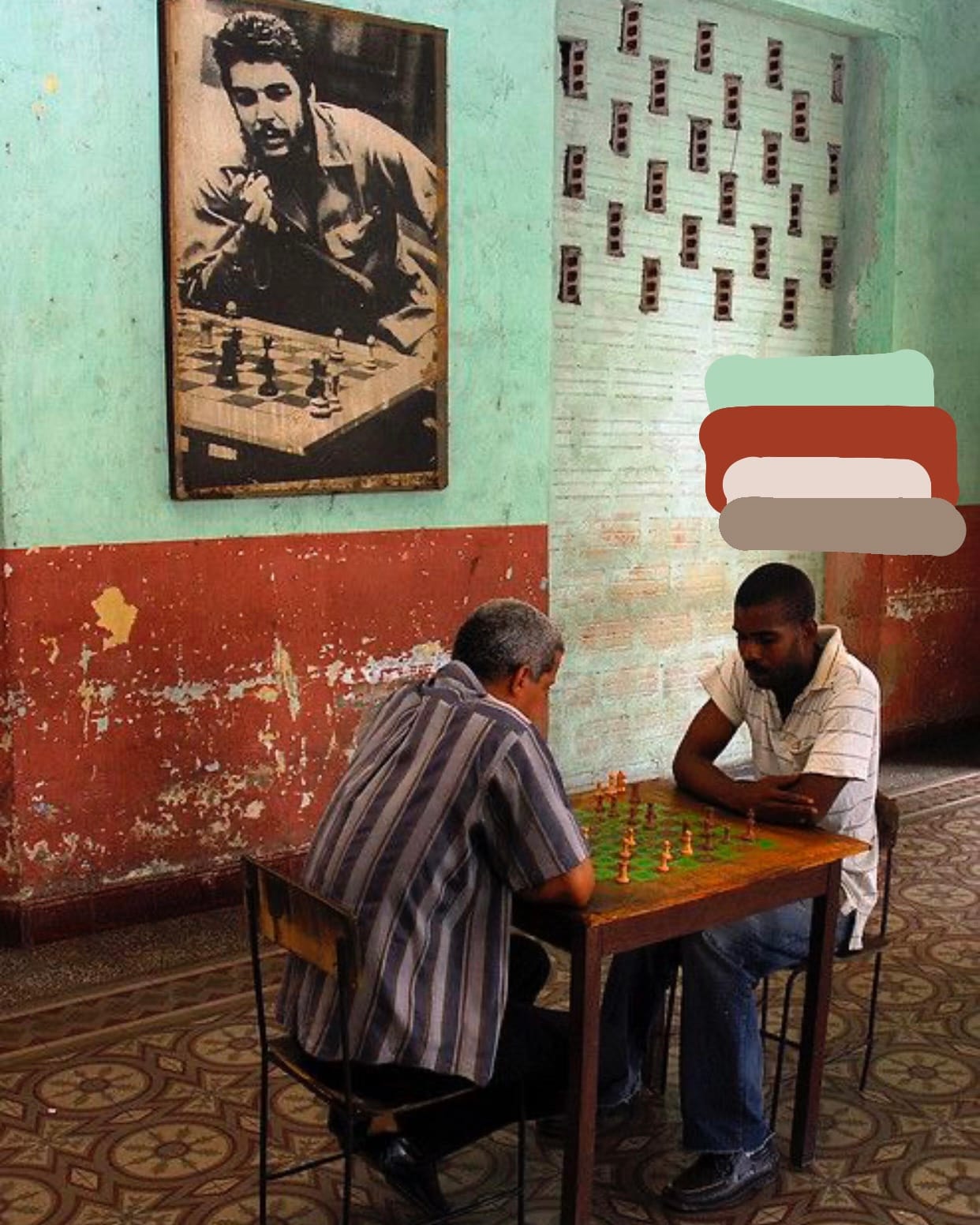
Tile origin unknown; Image with Mexican textiles; a game of chess in Cuba
Textiles also provide a source of inspiration for patterns a graphics to replicate. Beyond stripes and checkers, this may be challenging, but you can explore stitch dictionaries and platforms like Pinterest to find close matches to the patterns you'd like to recreate.
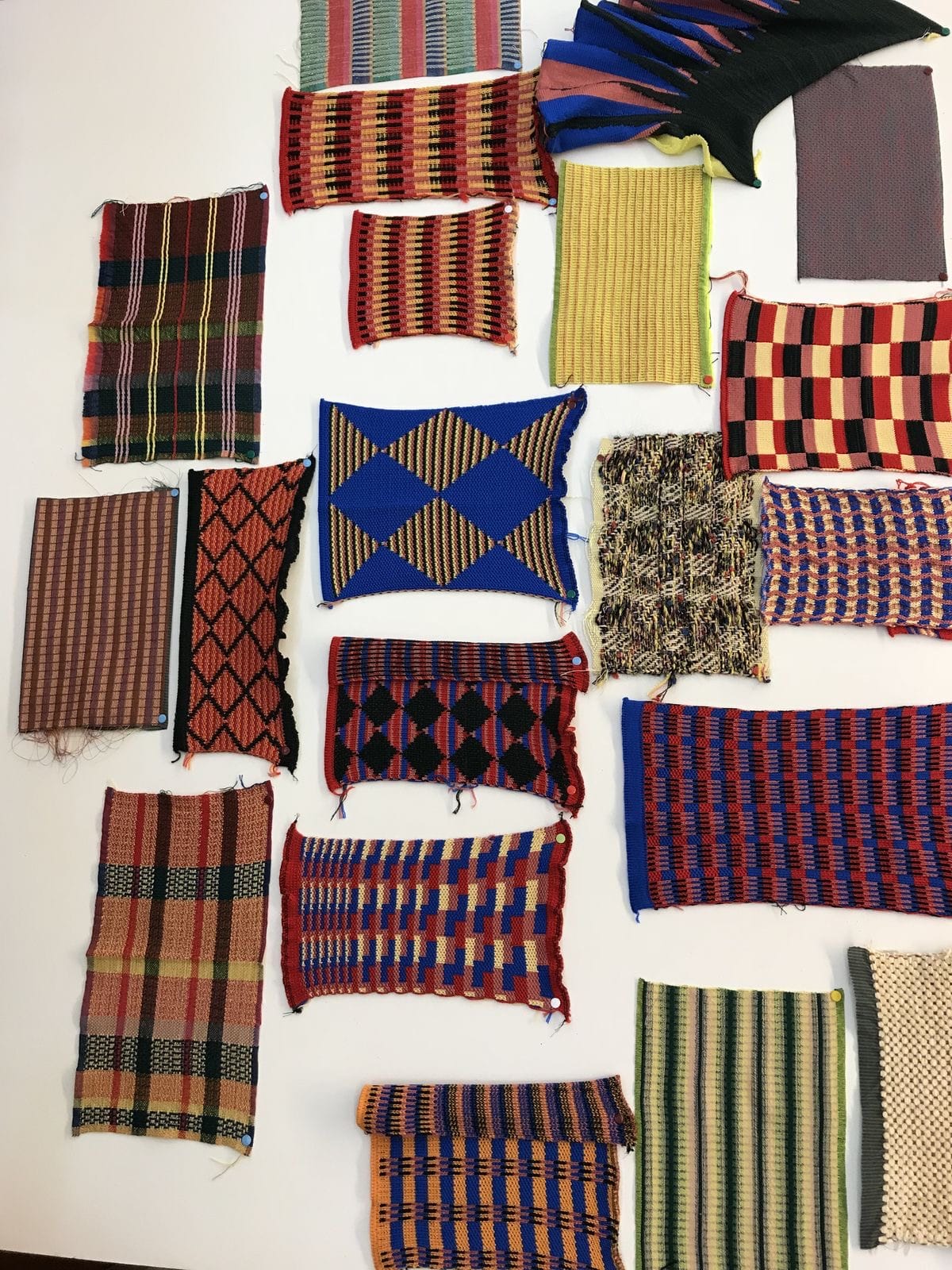
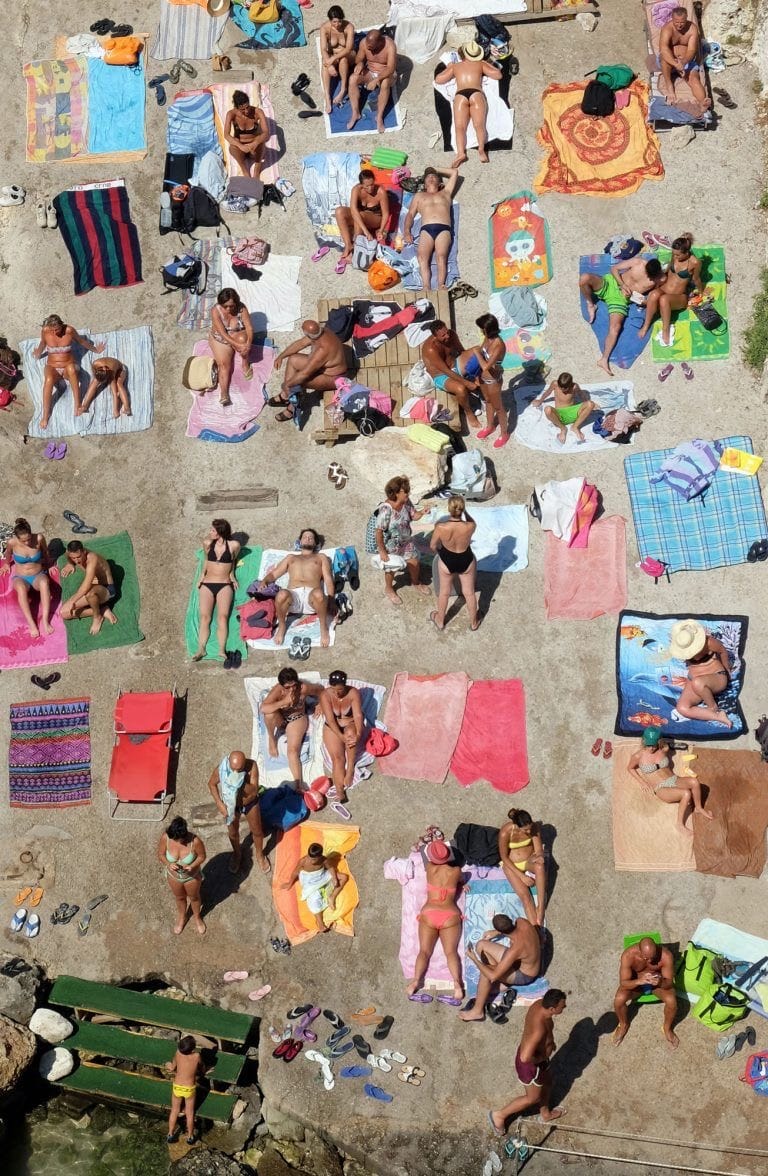

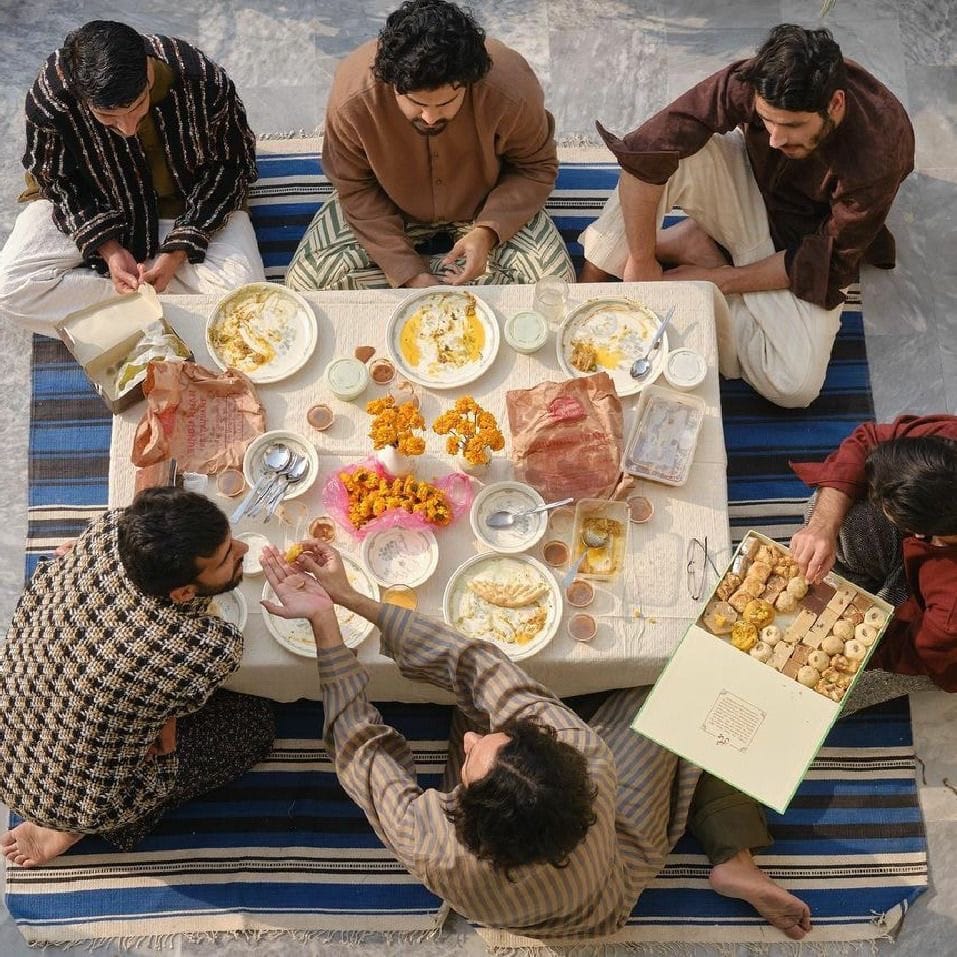
Clothing and forms of self-ornamentation will provide shapes and silhouettes to draw from.
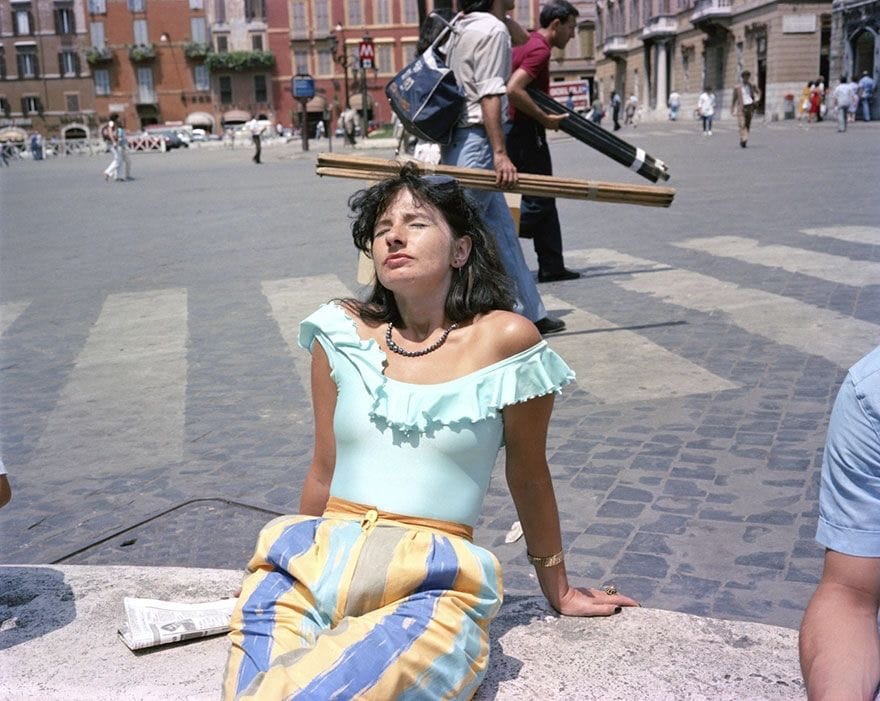
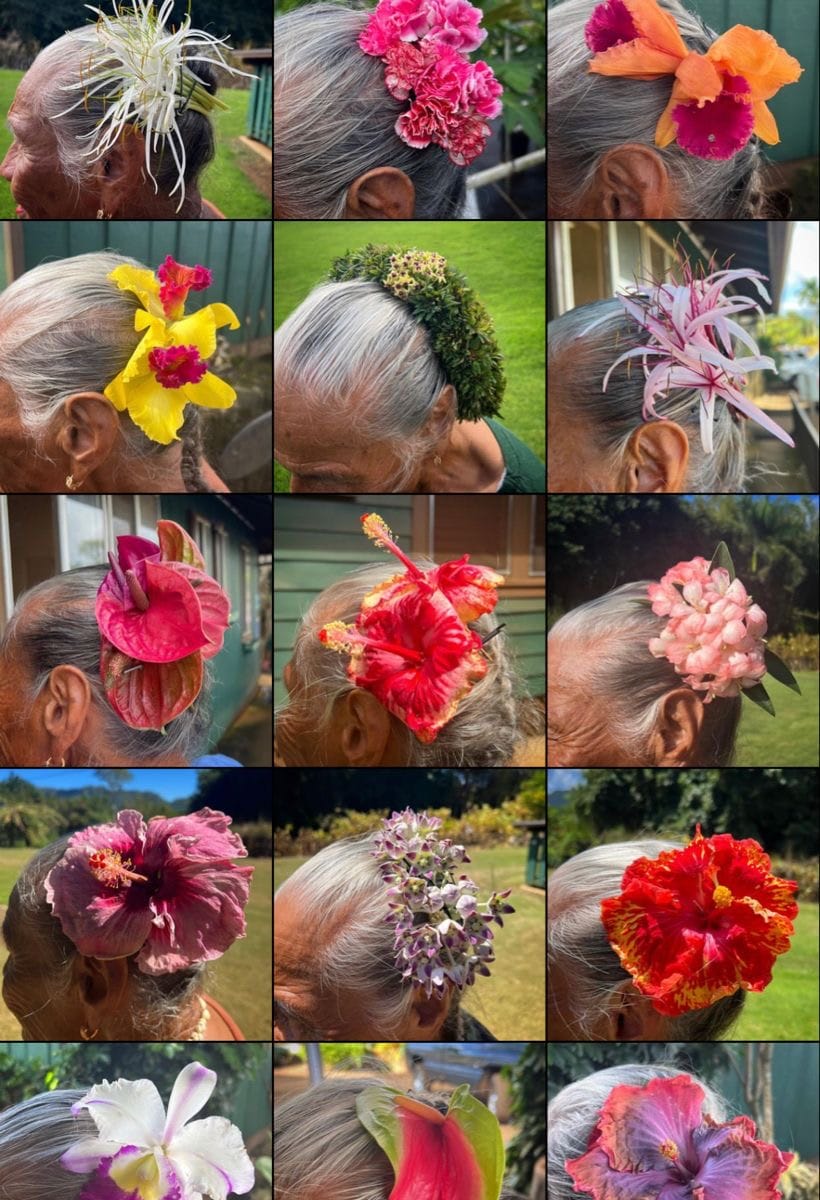


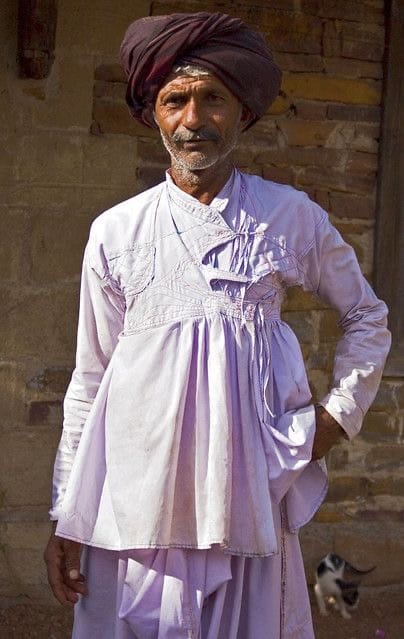

Traditionally handmade work provides great inspiration for entire items or particular techniques.
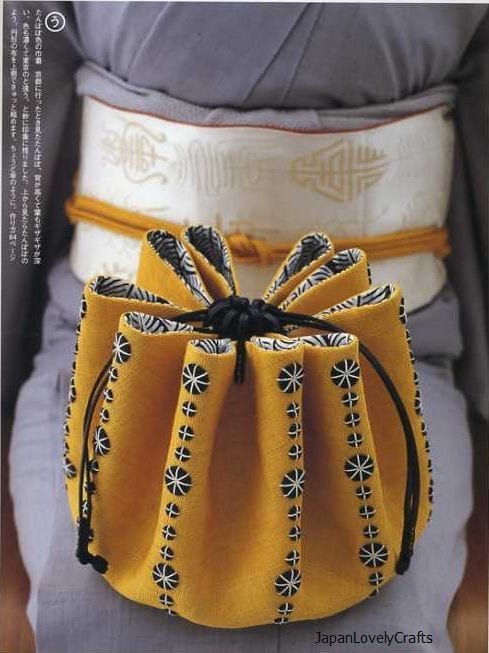
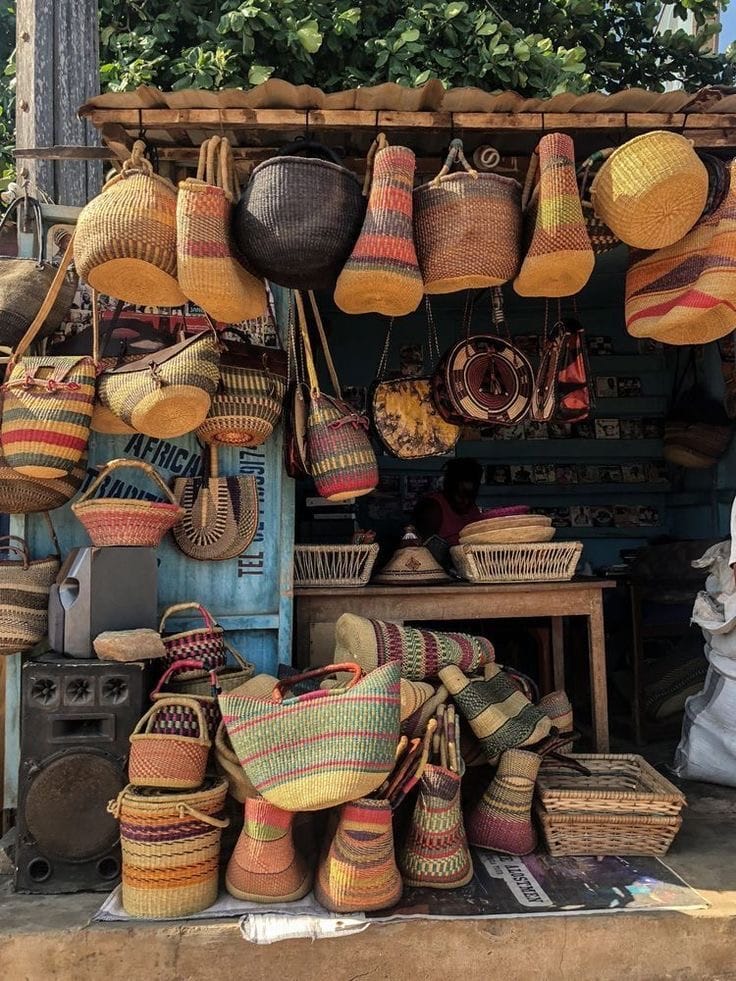
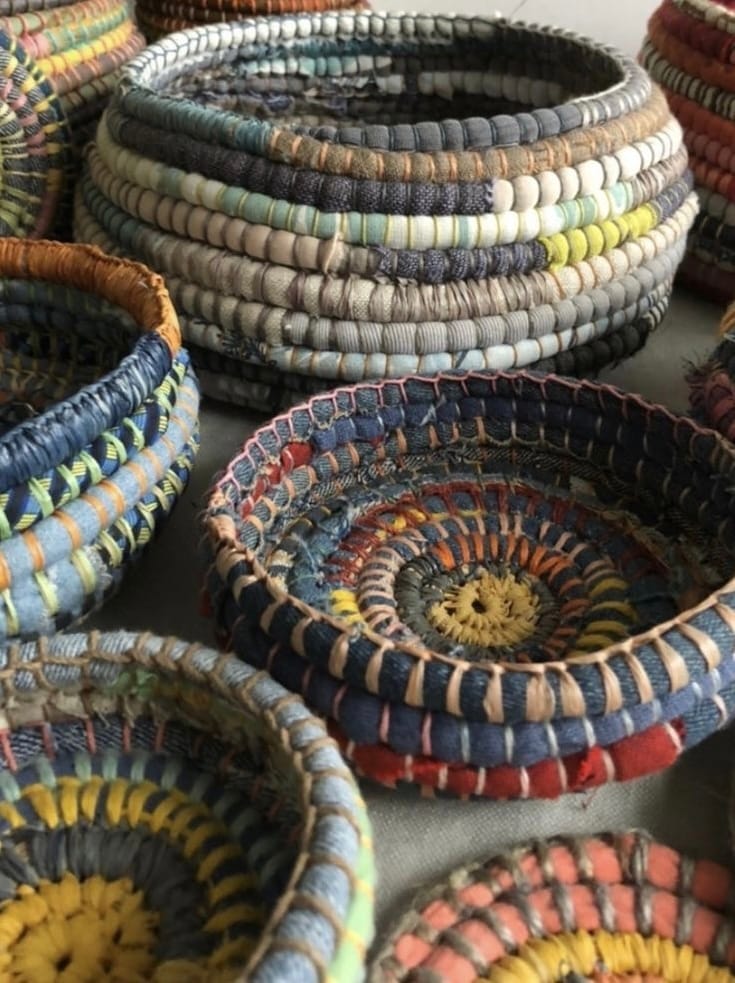
You may also refer to items and accessories that are overall culturally specific, beyond any particular feature.
Look to Tradition
This may work alongside the previous guiding thought or it can stand on its own. Tradition is great to refer to with regard to shape, pattern, and technique. A sense of this is already quite common outside of crochet in disciplines like interior design or general fashion and style — take, for example, the attention recently given to J. Crew catalogues and English country interior design. The aesthetics, shapes, and silhouettes you find in this kind of inspiration persist for good reason. They're quite classic and their appeal exists beyond hyperspecific trends.
When looking to tradition for design, you can take away the exact shape of a neckline, the evergreen beauty and simplicity of stripes, construction ideas for basic garments, or even more specifically, long-standing crochet techniques to give new life.
Many styles that endure rely on the most basic shapes for silhouette and construction. This is especially helpful for beginners, who may have difficulty creating form-fitting garments and specialised features.
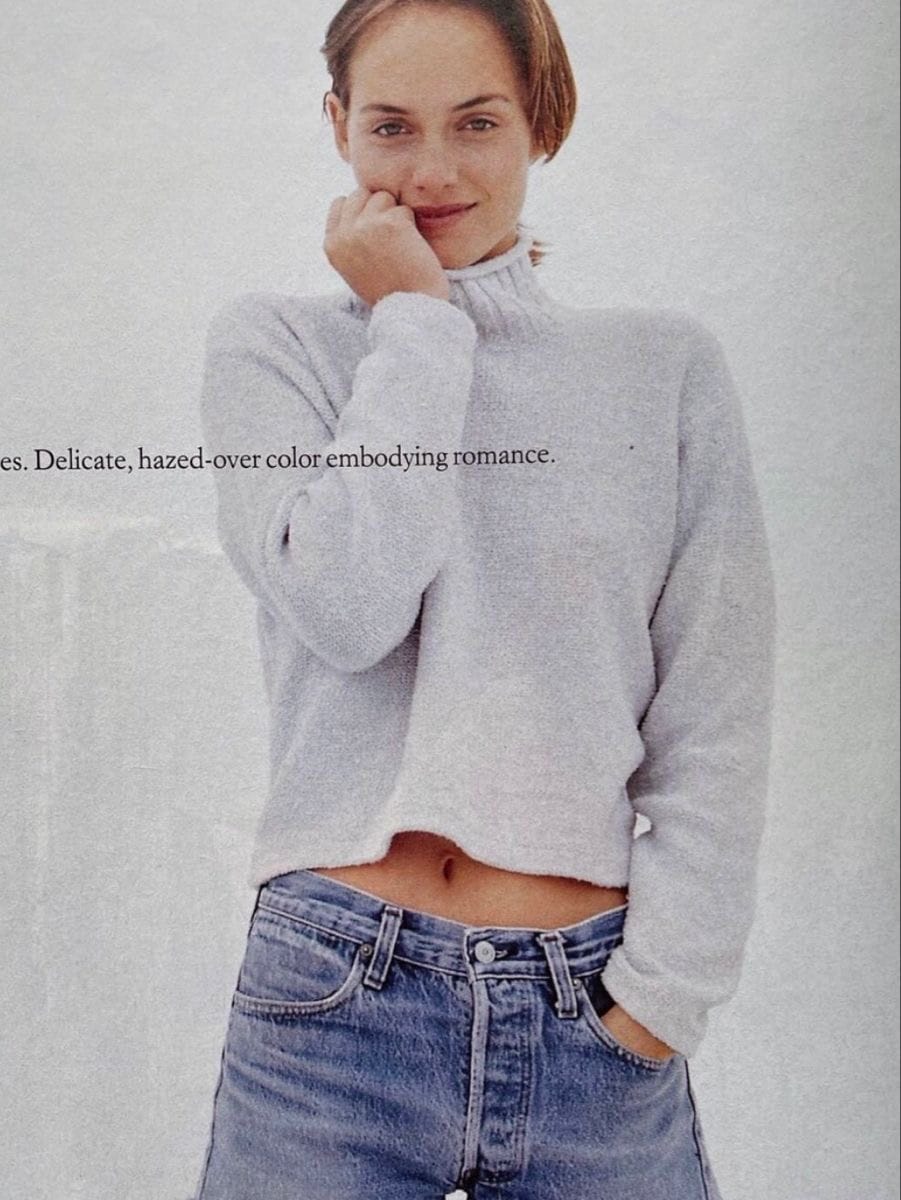
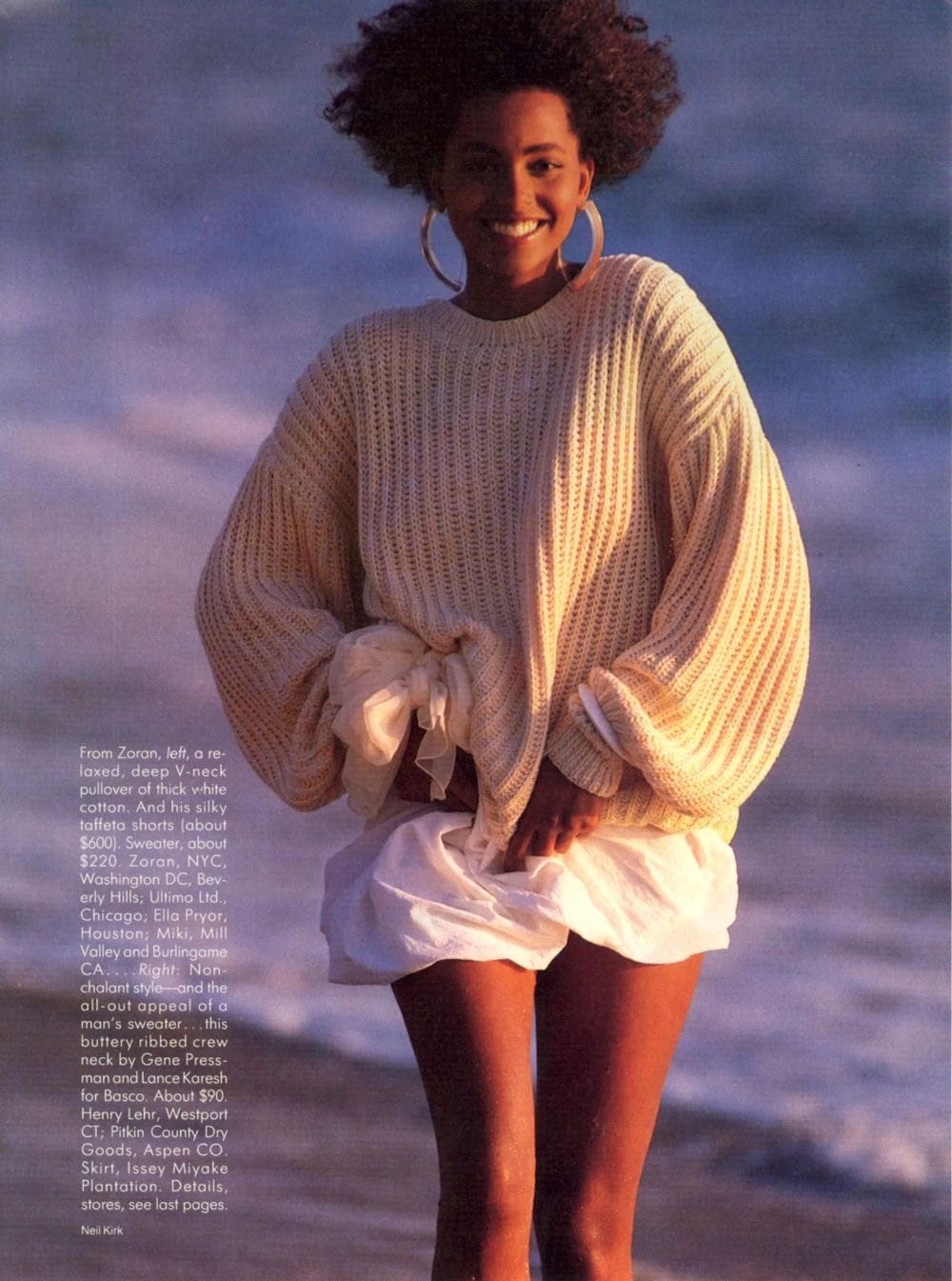
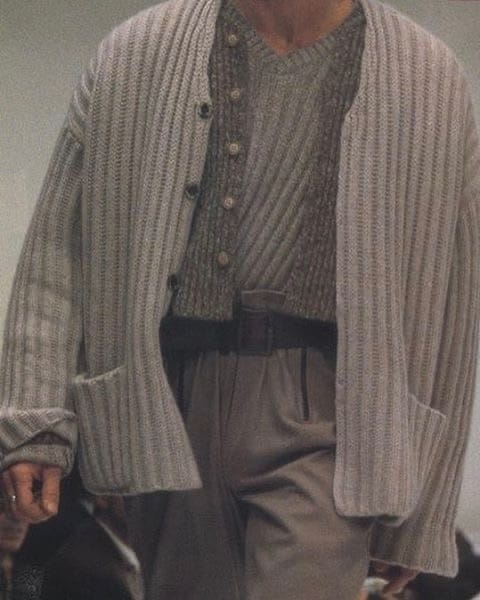
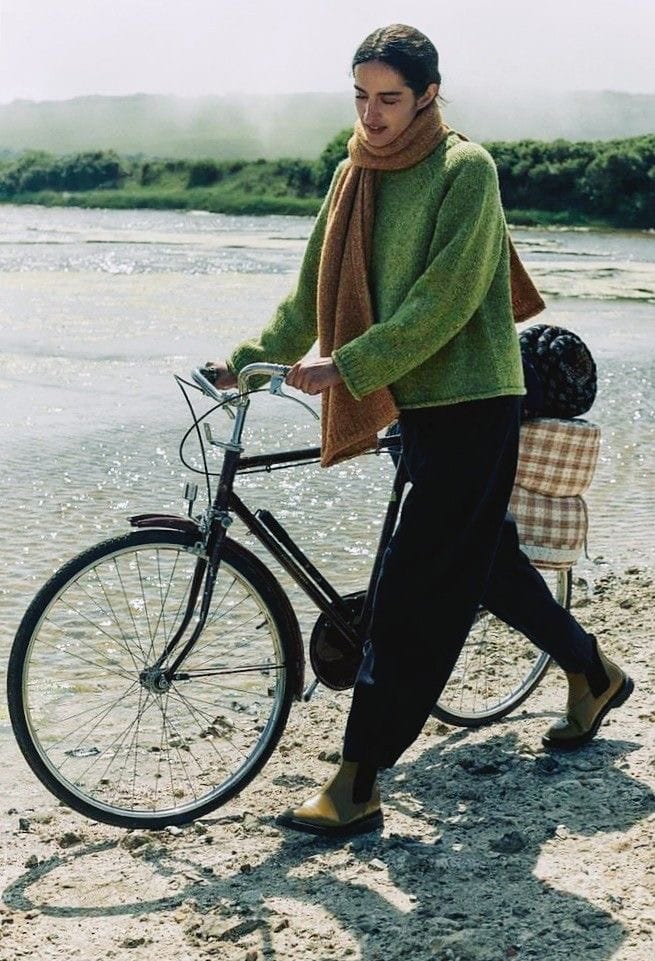
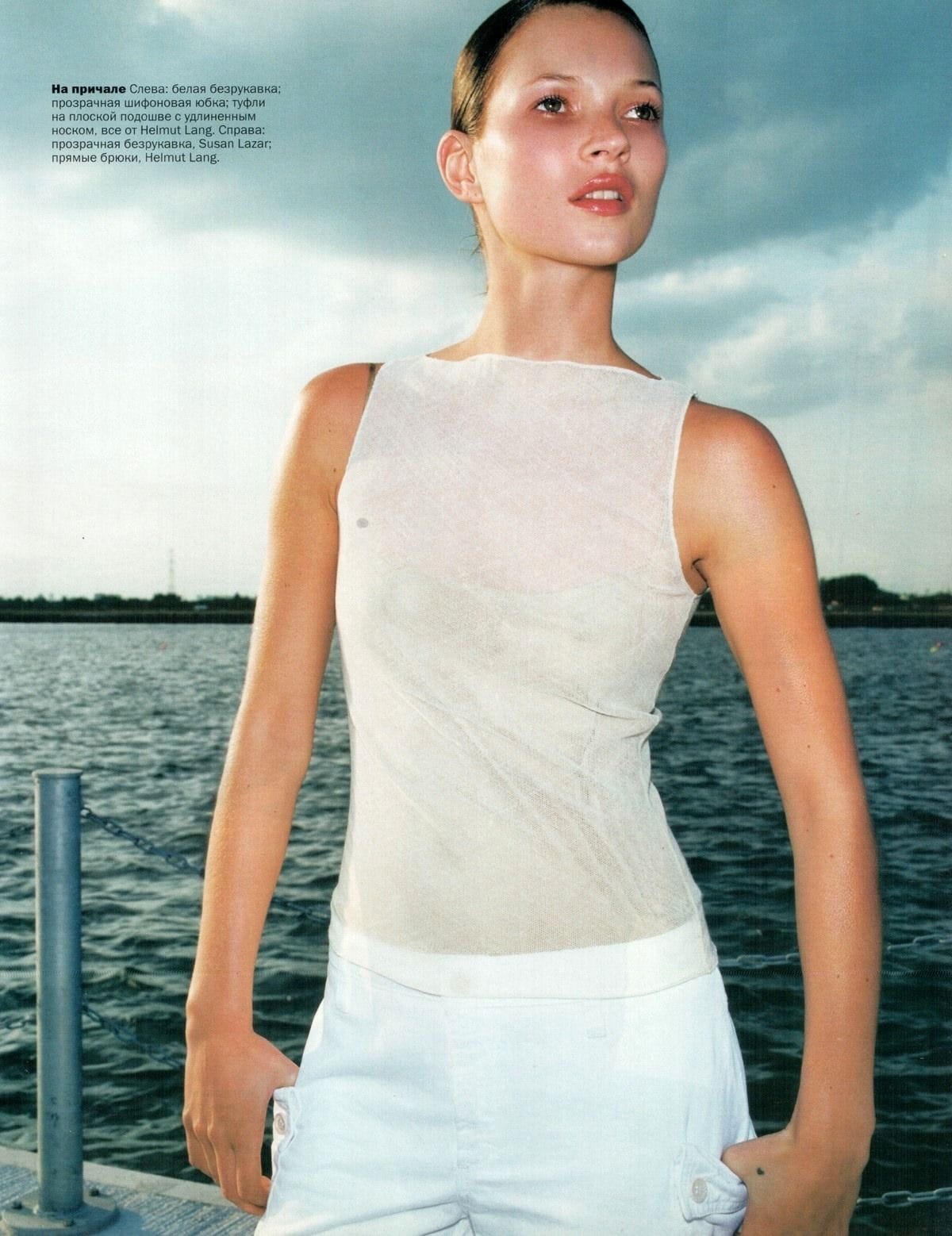

Patterns like fine stripes or blending techniques like melange provide ideas for beautifully simple ways to incorporate play with colour.


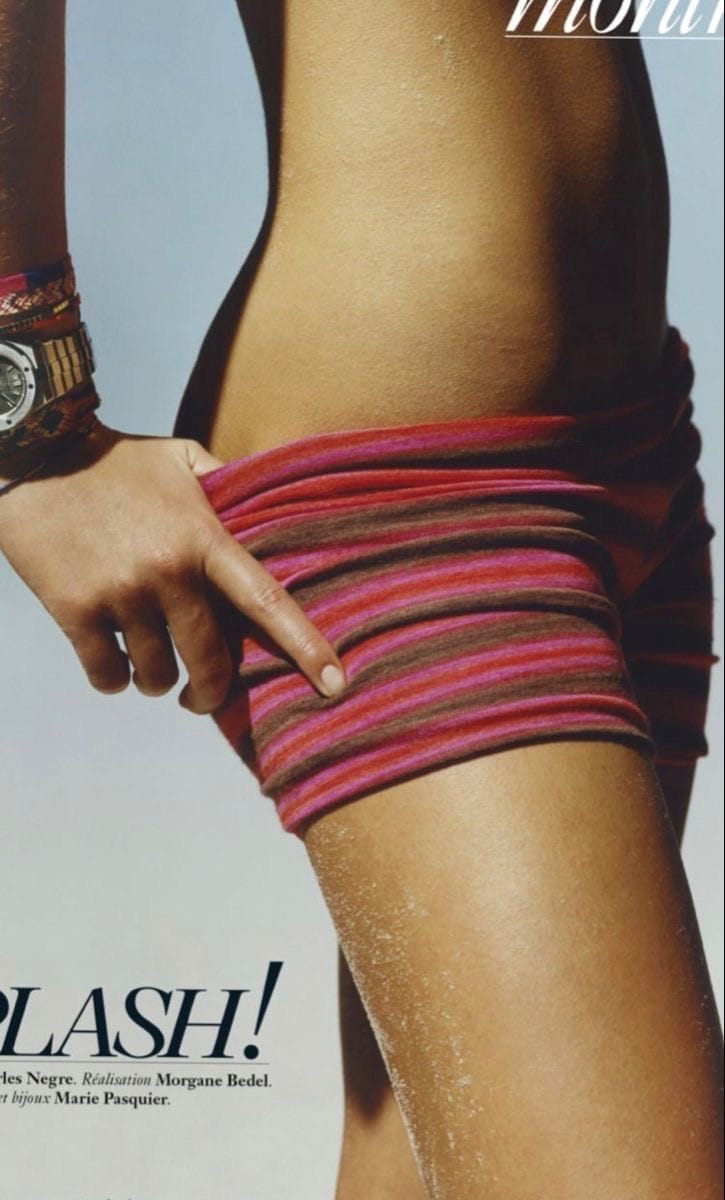
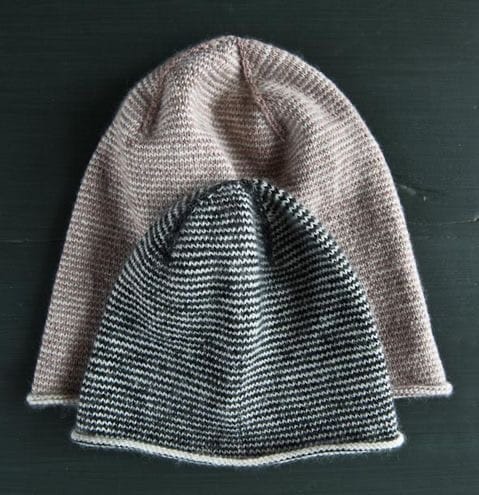
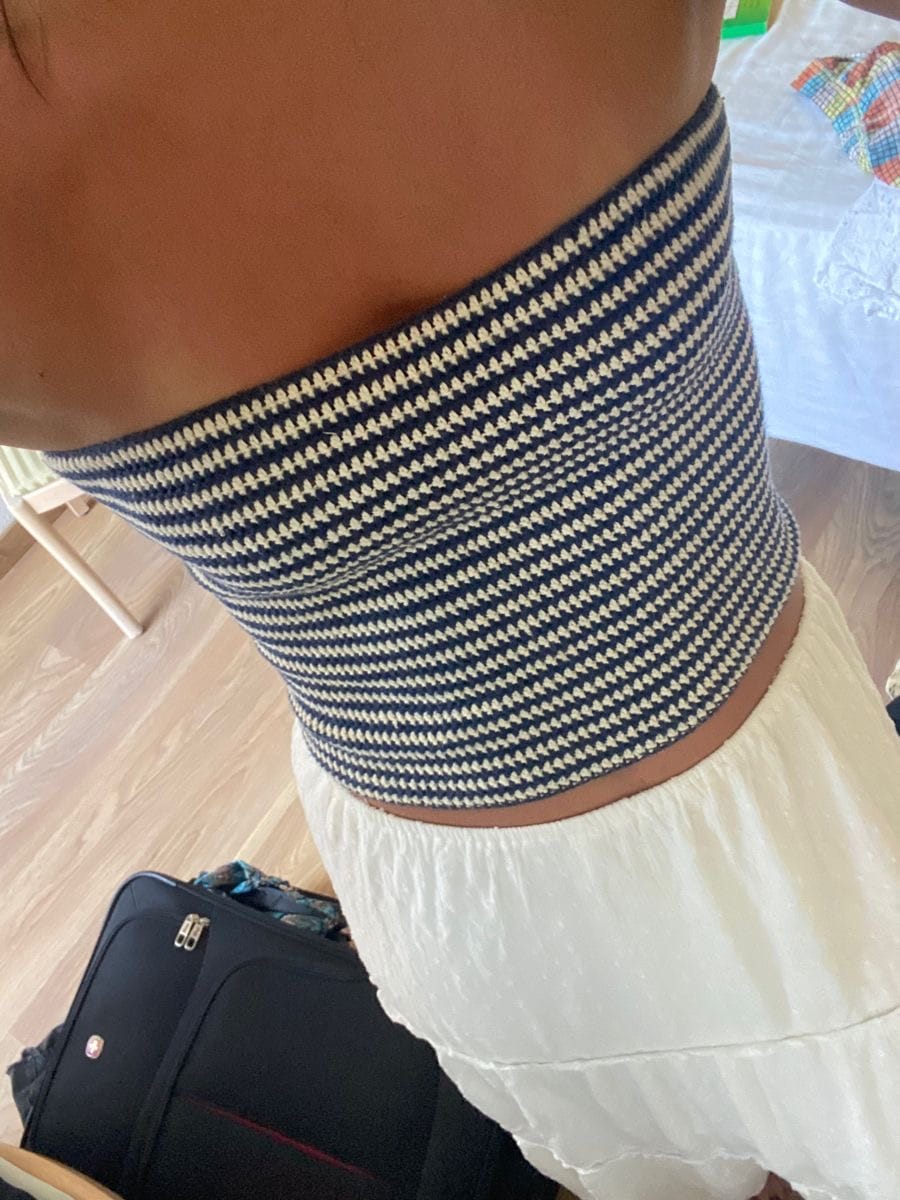


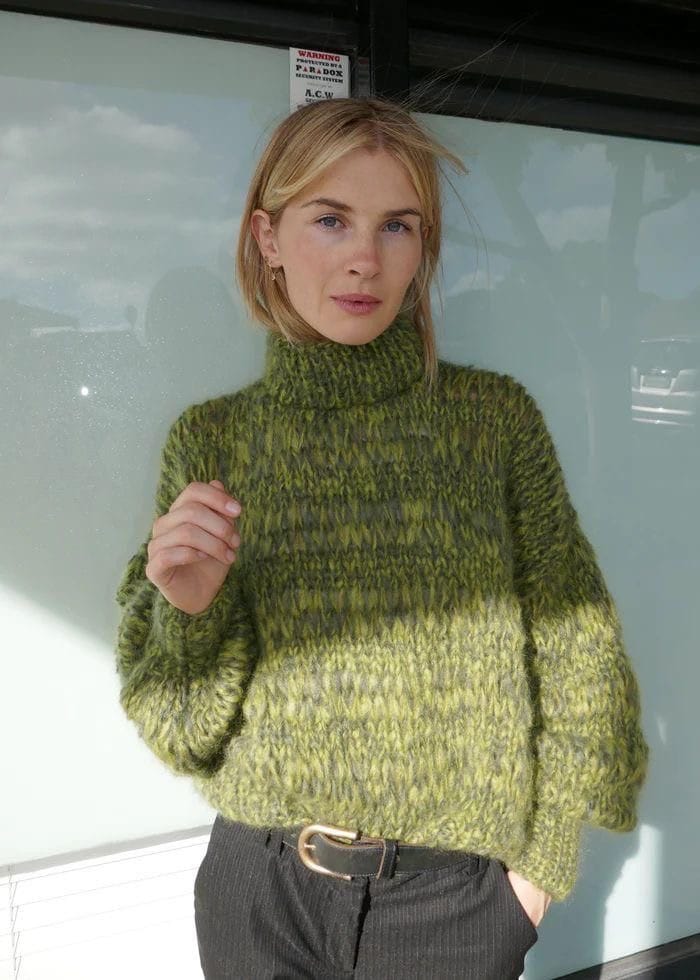
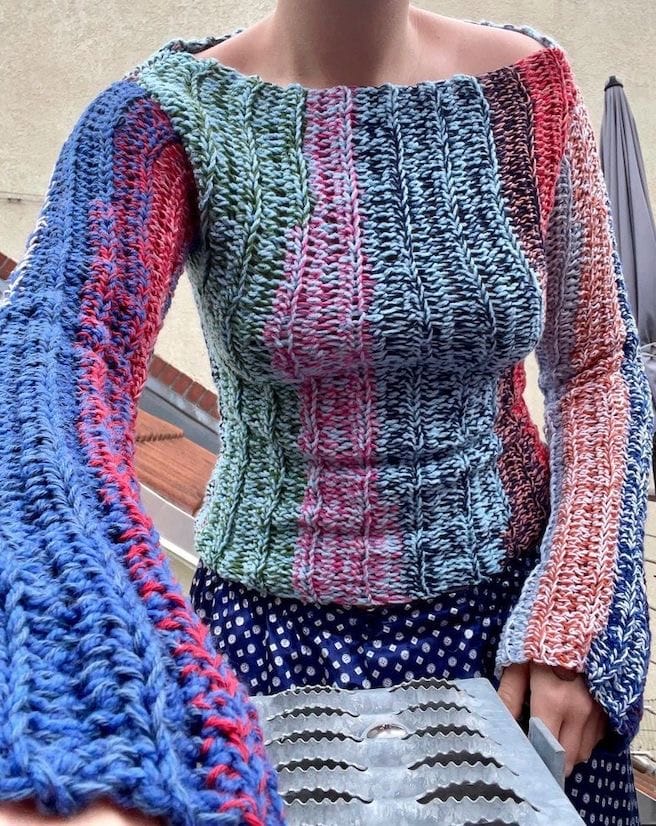
You may want to bring life to lasting techniques like filet crochet or take inspiration from different traditions in lacework and find similar crochet stitches for reproduction.


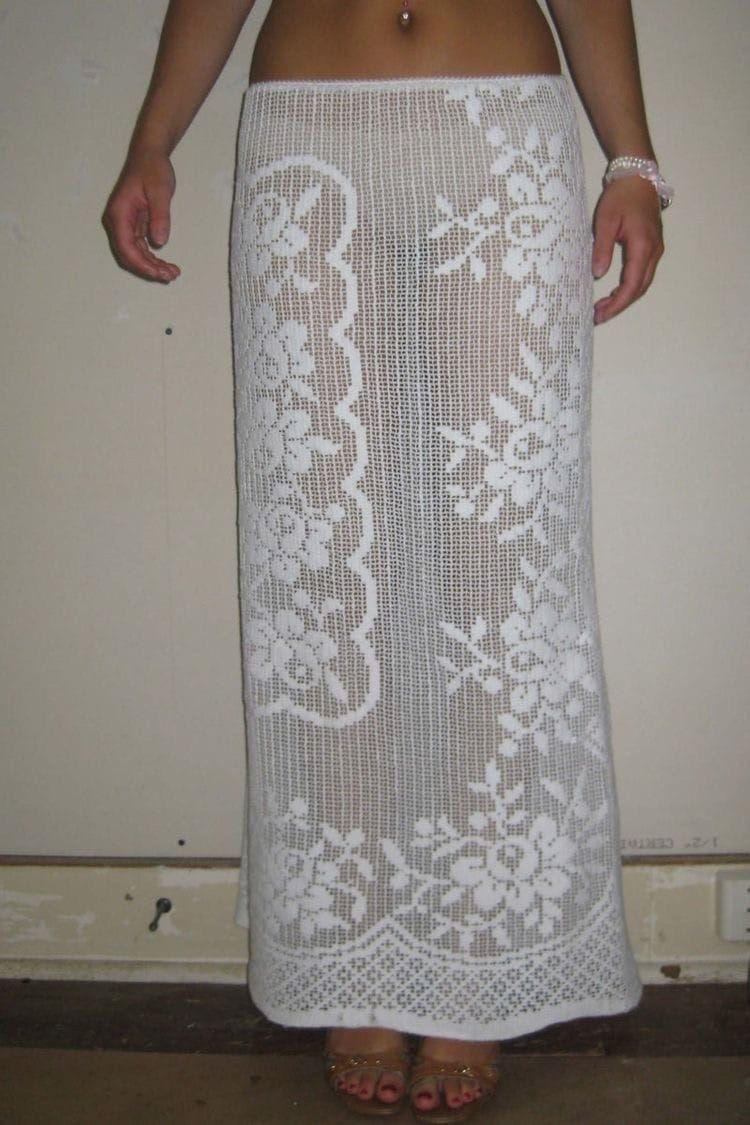
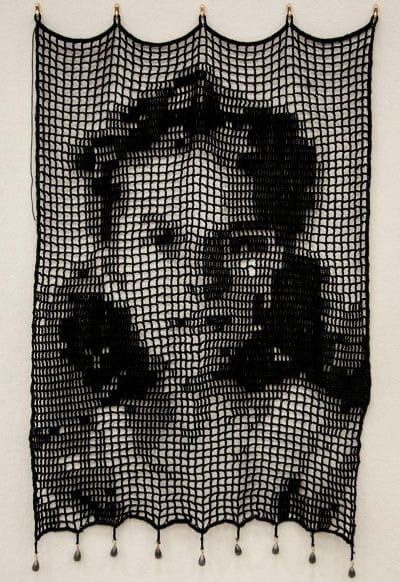
Look to the Basics
As basics also endure over time, you'll find significant overlap between this guiding thought and the last. Here, we're focusing on garment type and style. This thought may be a good place to start before you even consider colour palettes and yarn. When you are unsure what to make at all, look to the basics.
In tops, you are likely to make more wearable pieces if you start with wide-neckline camisoles, singlets, crewneck pullovers, and cardigans. Smooth fabrics with comfortable drapery or knit-look and ribbed stitching will give you items that are easy to style and blend with other clothing.
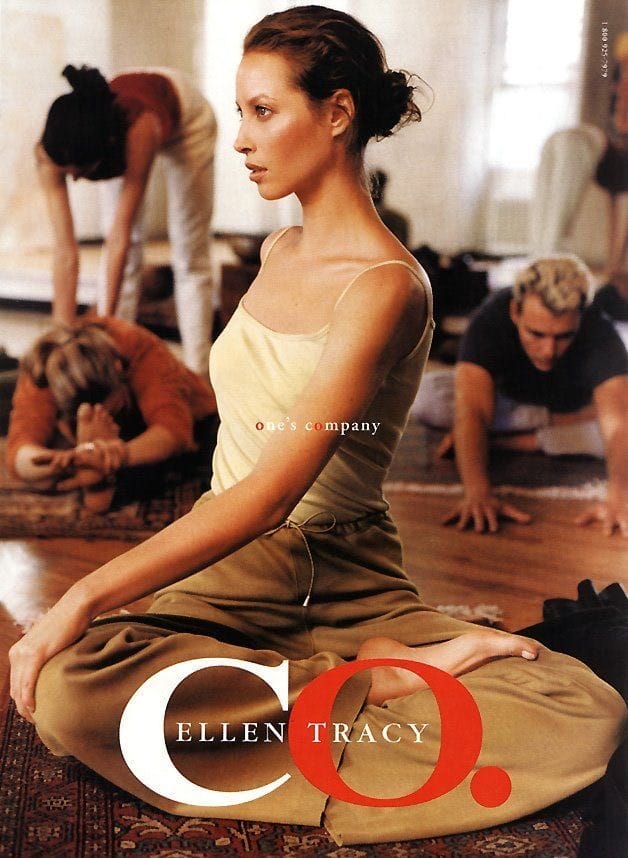




The accessories you think of first may include hats, bags, and scarves. For the purpose of focusing on items most likely to get regular use, hats and scarves take rank. This is mostly to do with the mechanics of fabrics created by crochet and the likelihood of success. We're also culturally more used to warming accessories being homemade making them easier to wear.
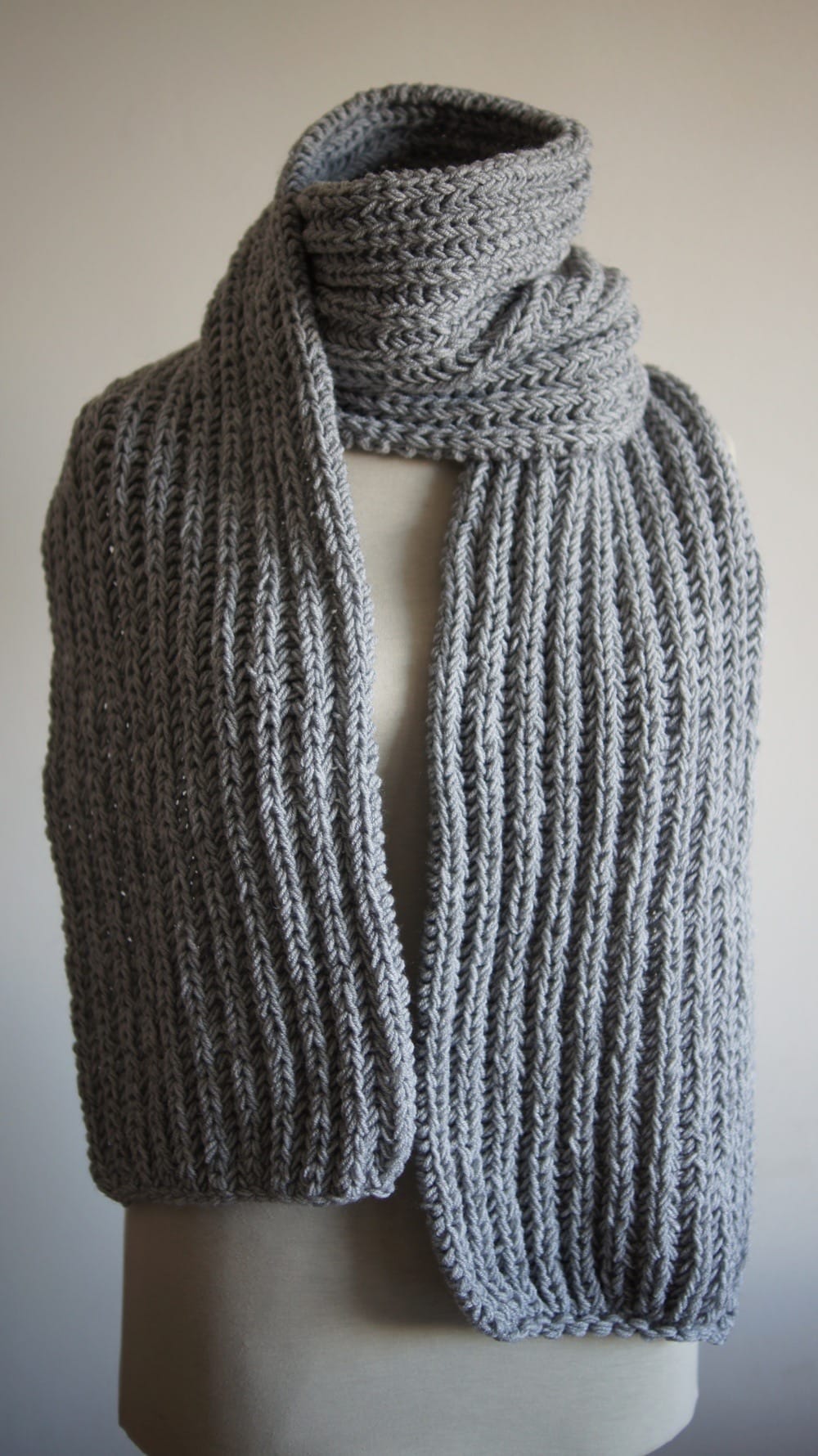


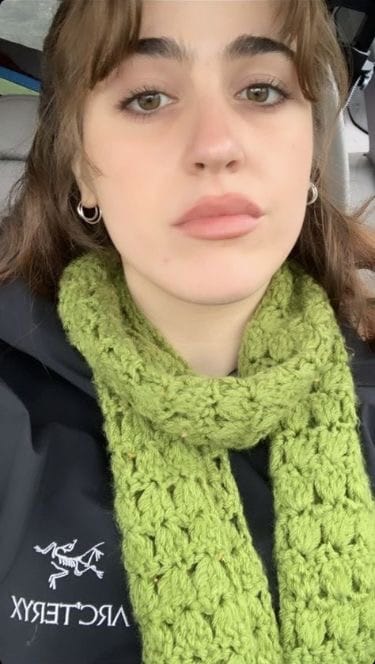
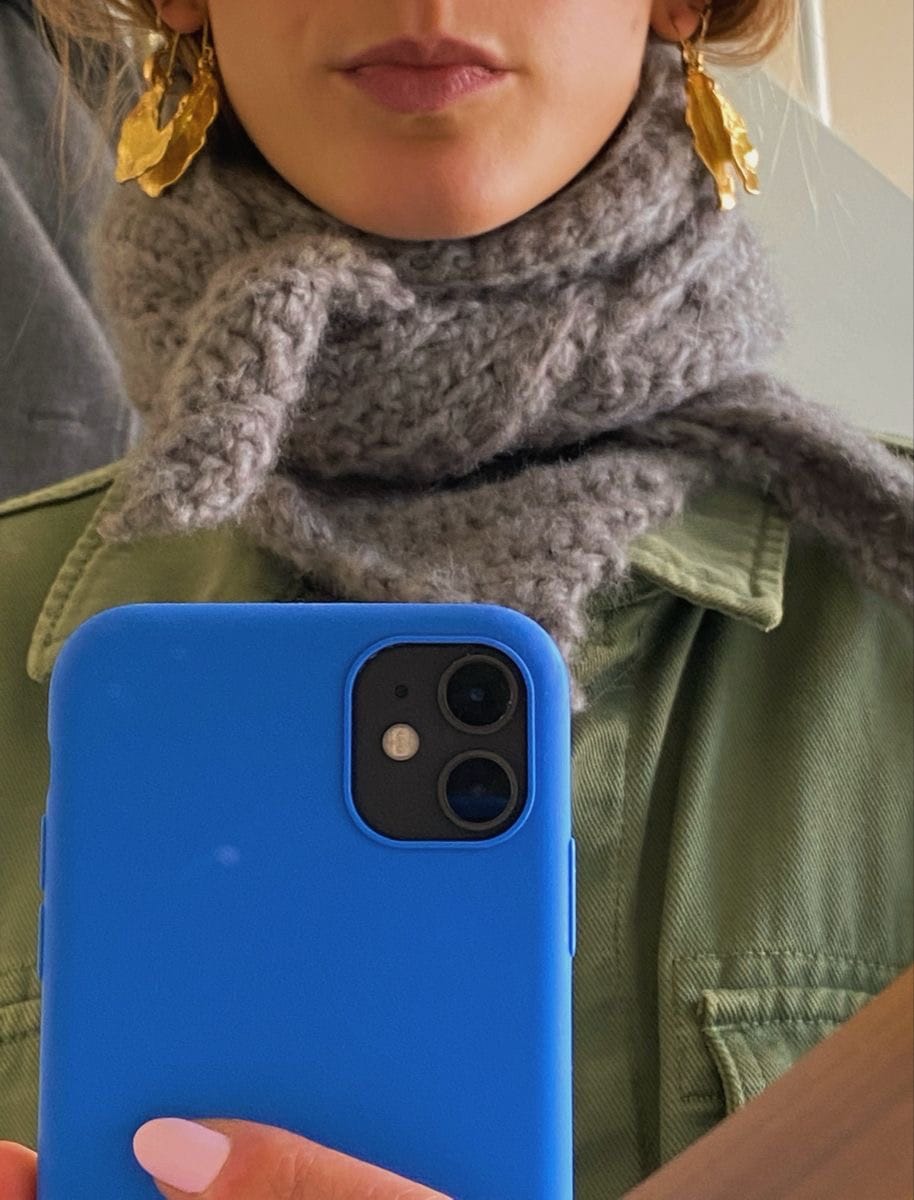
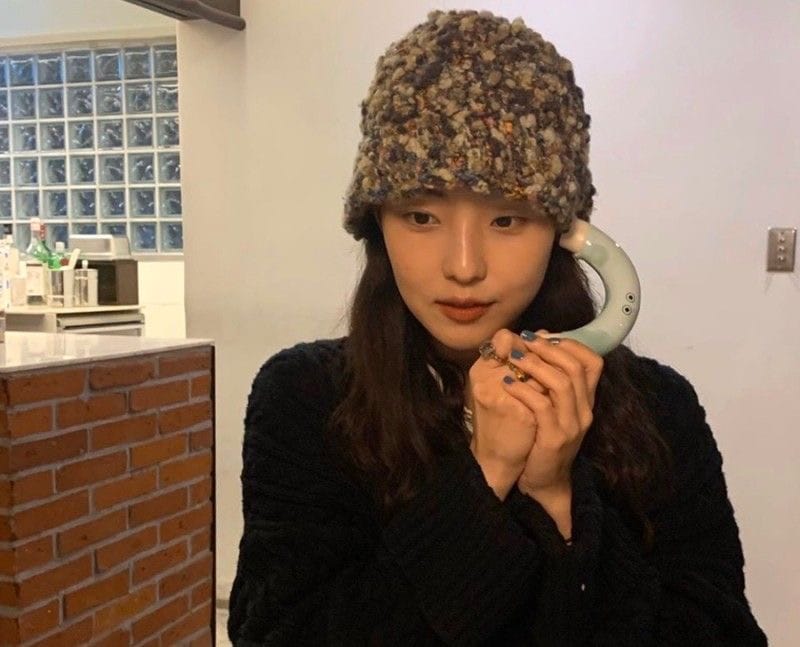
If you want to incorporate the first guiding thought, also consider how "basics" vary between countries, cultures, specific regions, tribes, etc.
If it Occurs in Nature
This guiding thought is to do with specific design elements and adding interest to a piece. When you're considering a concept, a shape, a colour, etc., if it occurs in nature it is likely to bring balance, comfort, and charm. Depending on the kind of inspiration we're looking at, perhaps a bit of excitement and allure. The way in which you draw inspiration from this guiding thought matters, so I'm going to give a few examples.
For this exercise, nature includes human creations and establishments [in non-commercial areas or places without emphasis on marketing and "brand"]. They are in and of nature and assist in making up beautiful landscapes. The idea is to focus on what is naturally occurring amongst different peoples when the priority is function and individual taste; the creativity and communing places of humans are most certainly natural.
We'll start with colour. Similarly to how colours have been drawn from previous images, I'm going to use a colour picker, but I'd like to give a bit more of an explanation for this particular thought.
Because the options are limitless here, I suggest knowing what kind of colour palette you would like going in. Have an idea of whether you want to remain cool-toned, warm, neutral, or something in between. Also, know if you would like brighter or more subdued hues. This will help you decide the kinds of pictures you are looking for and what to focus on in any given image.
If you want to create something with lots of variation, maybe to mimic a scrappy shirt or a patchwork sweater, it can be difficult to select colours and know how to pair them well. For bright colours, perhaps look at a fruit stand or a coral reef [note these tend to be warm-toned]. If you want something more balanced and comforting, try looking at plates of food; you'll find greater incorporation of neutral tones here. If you want to call back to the first guiding thought, find candid or casual photographs of places that feel imbued with personality and the personal tastes of the people that occupy them.
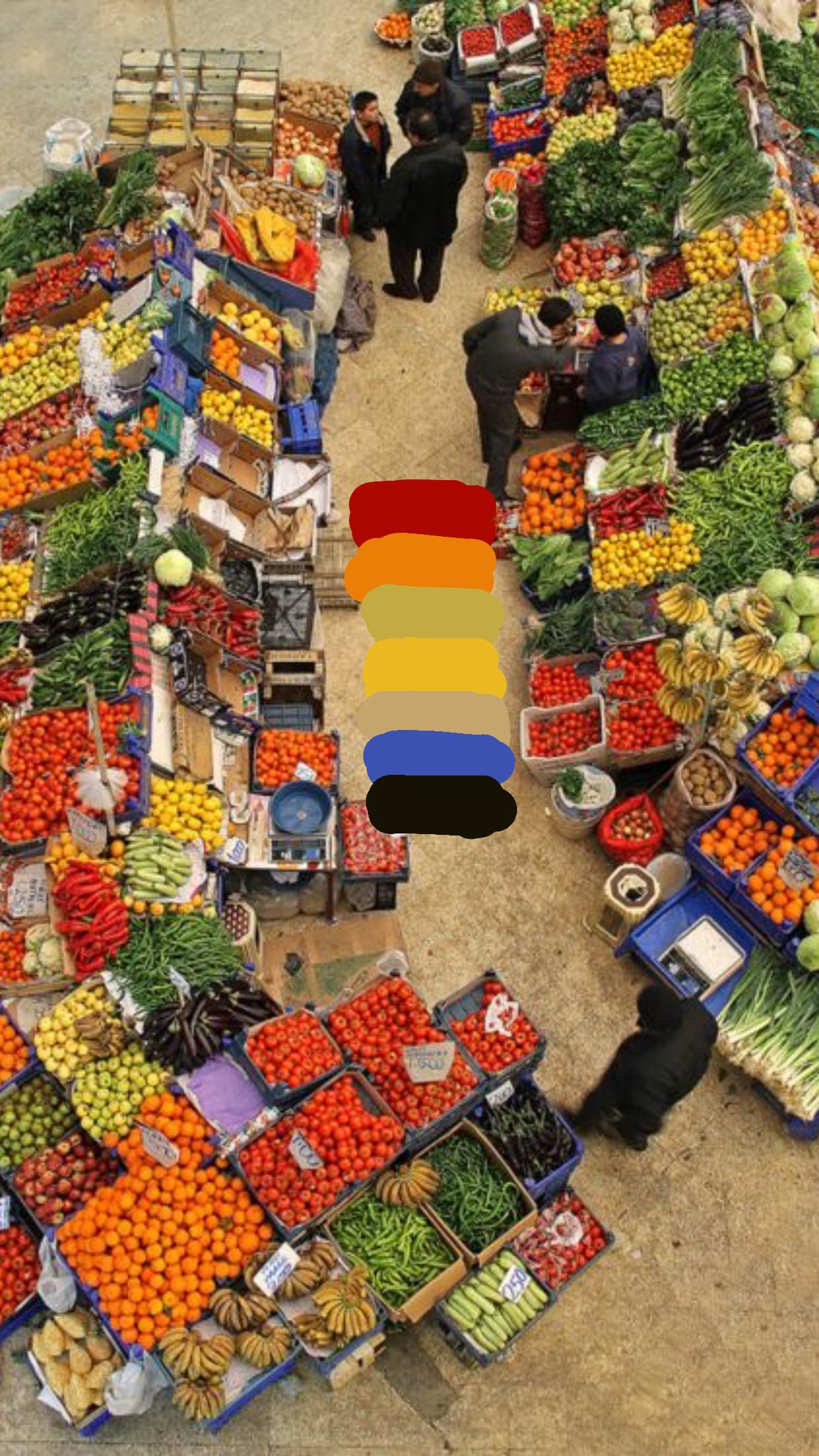

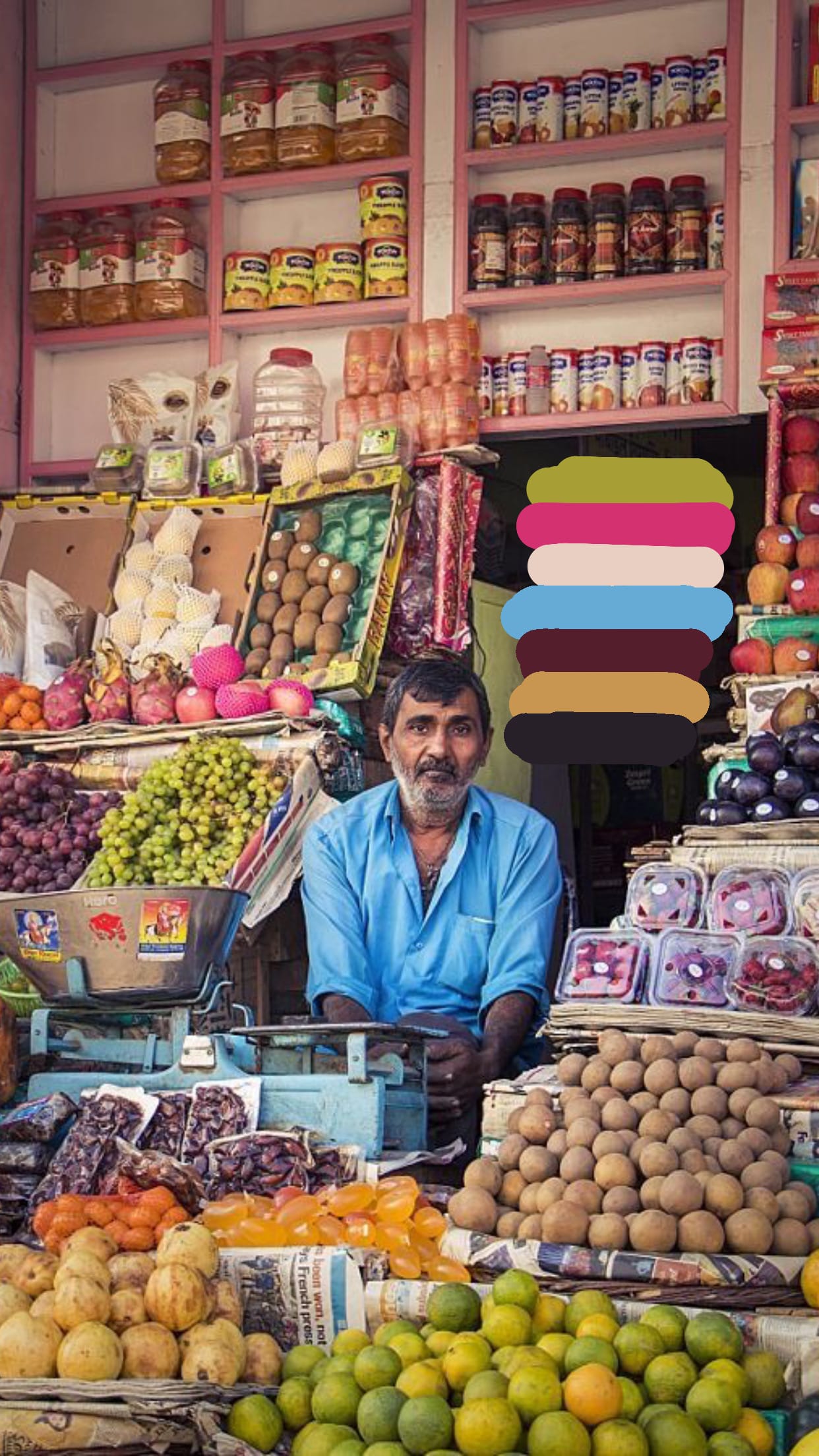
For brighter colours
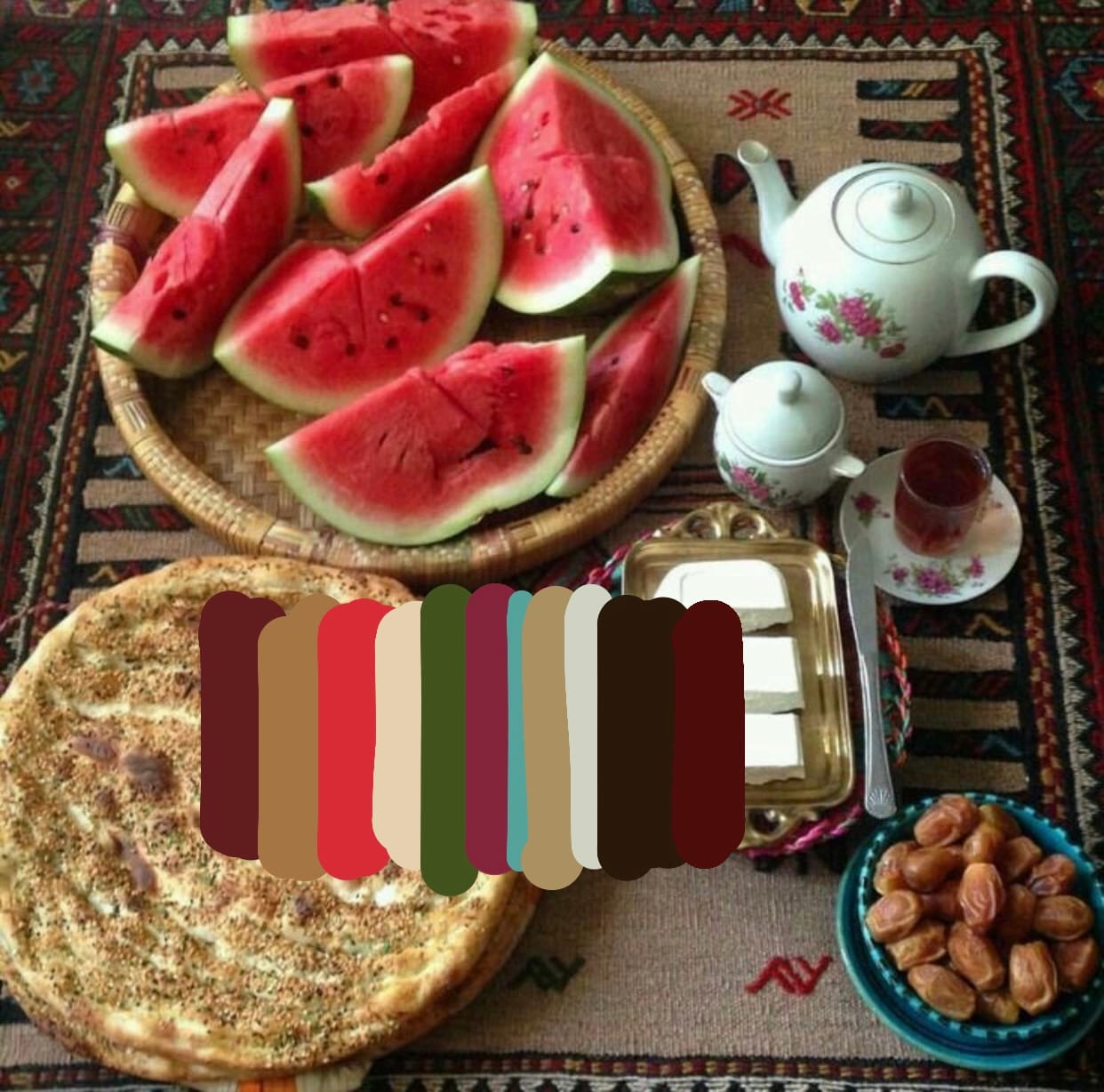

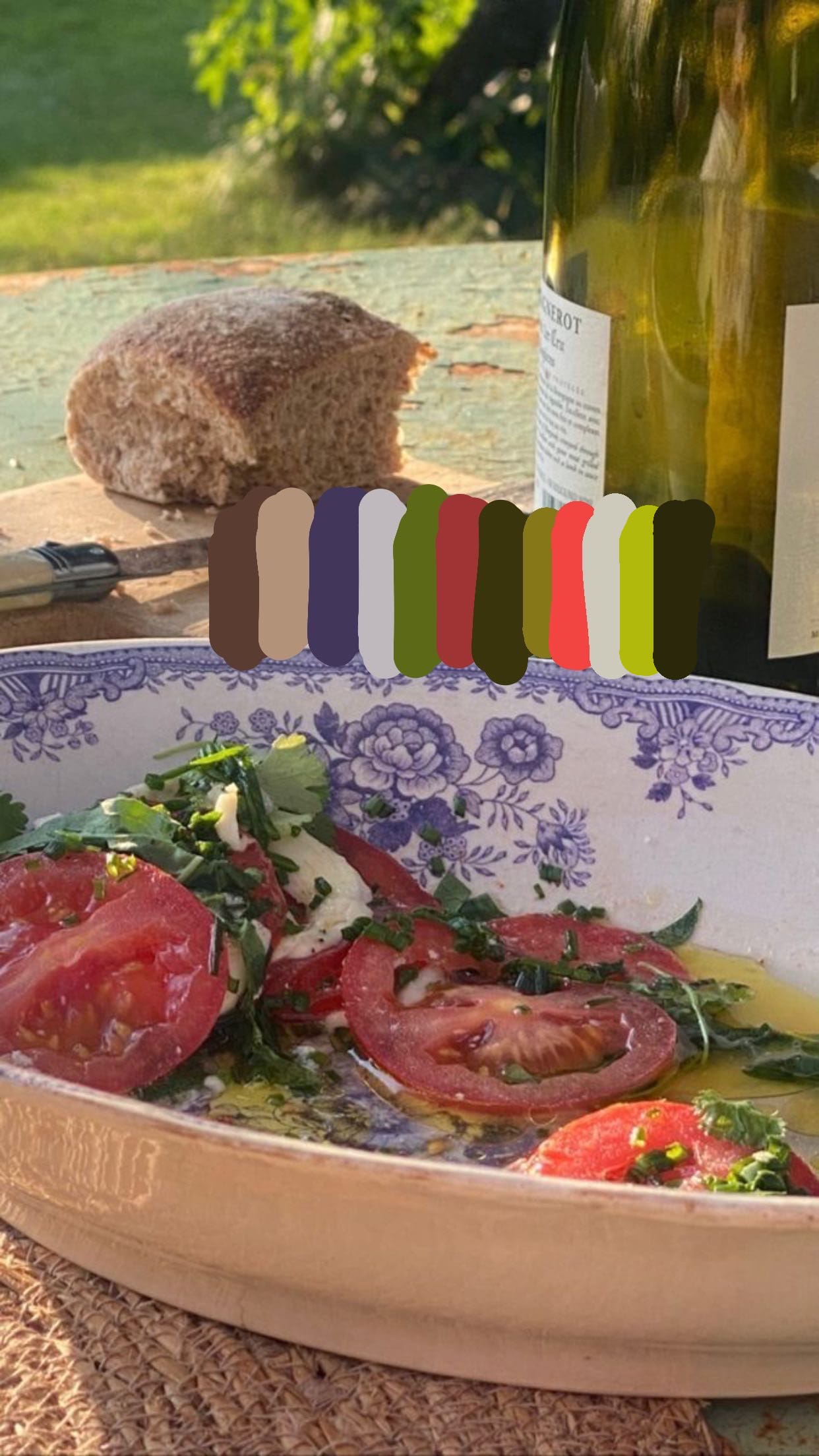

For bright and neutral colours
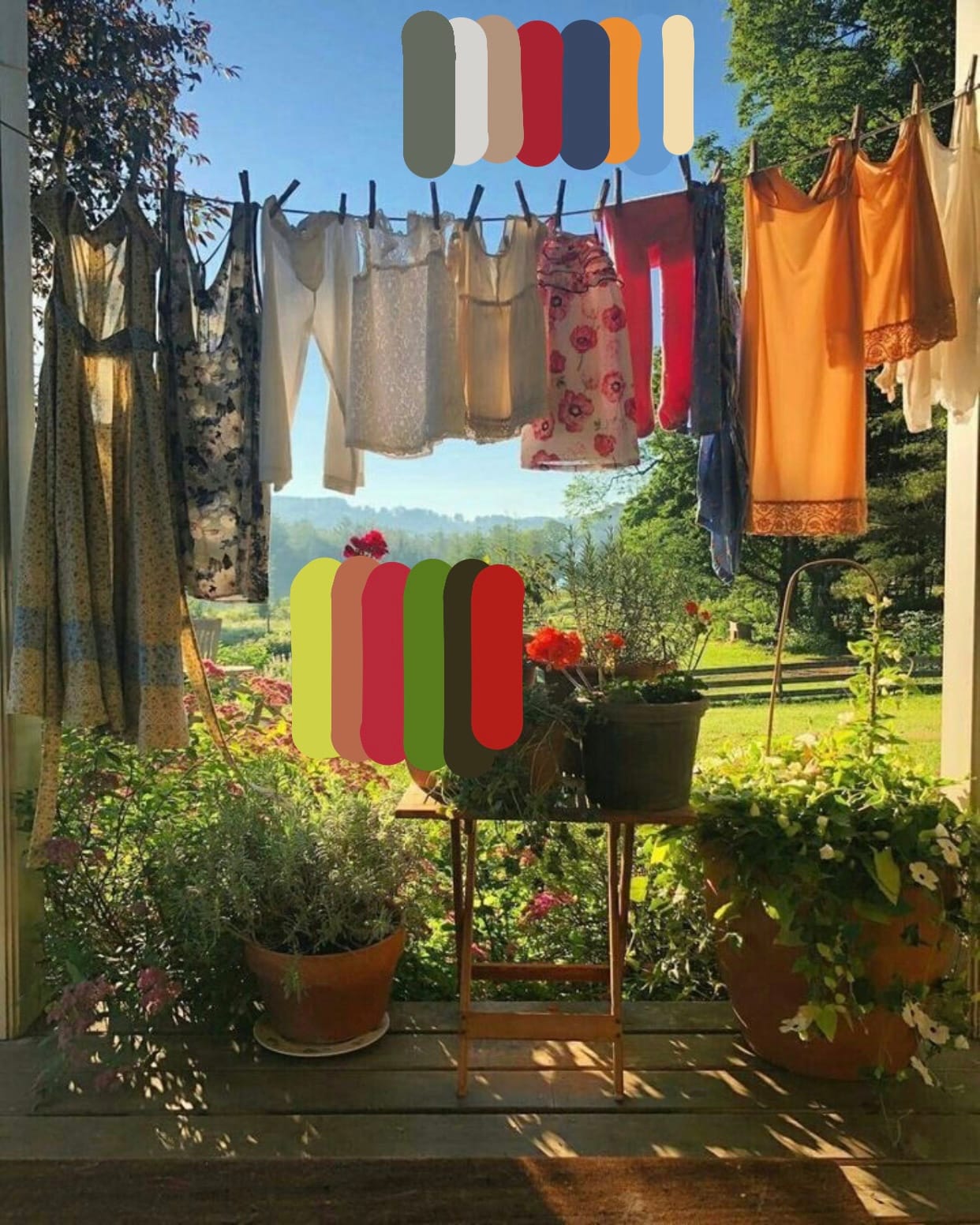
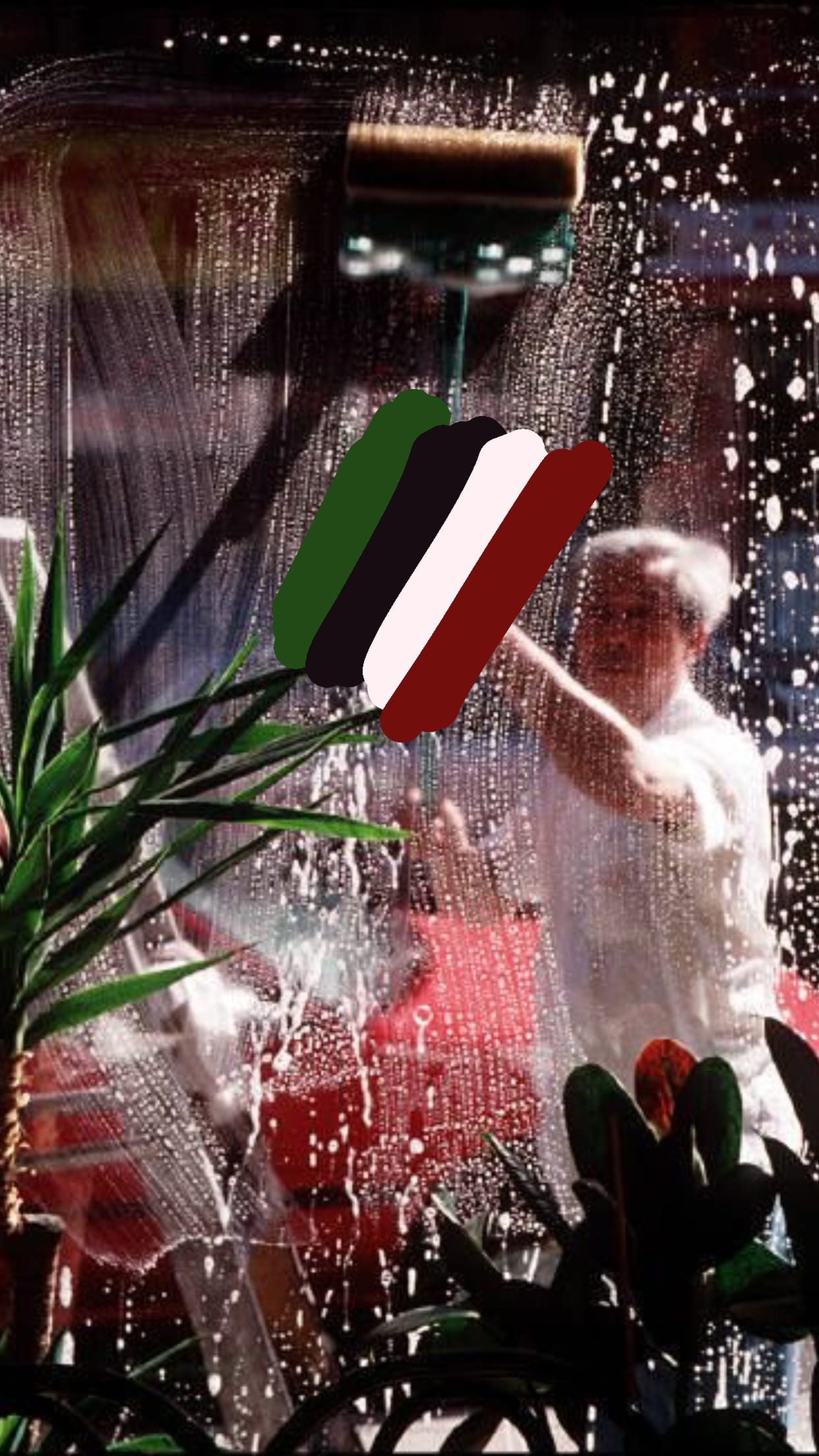


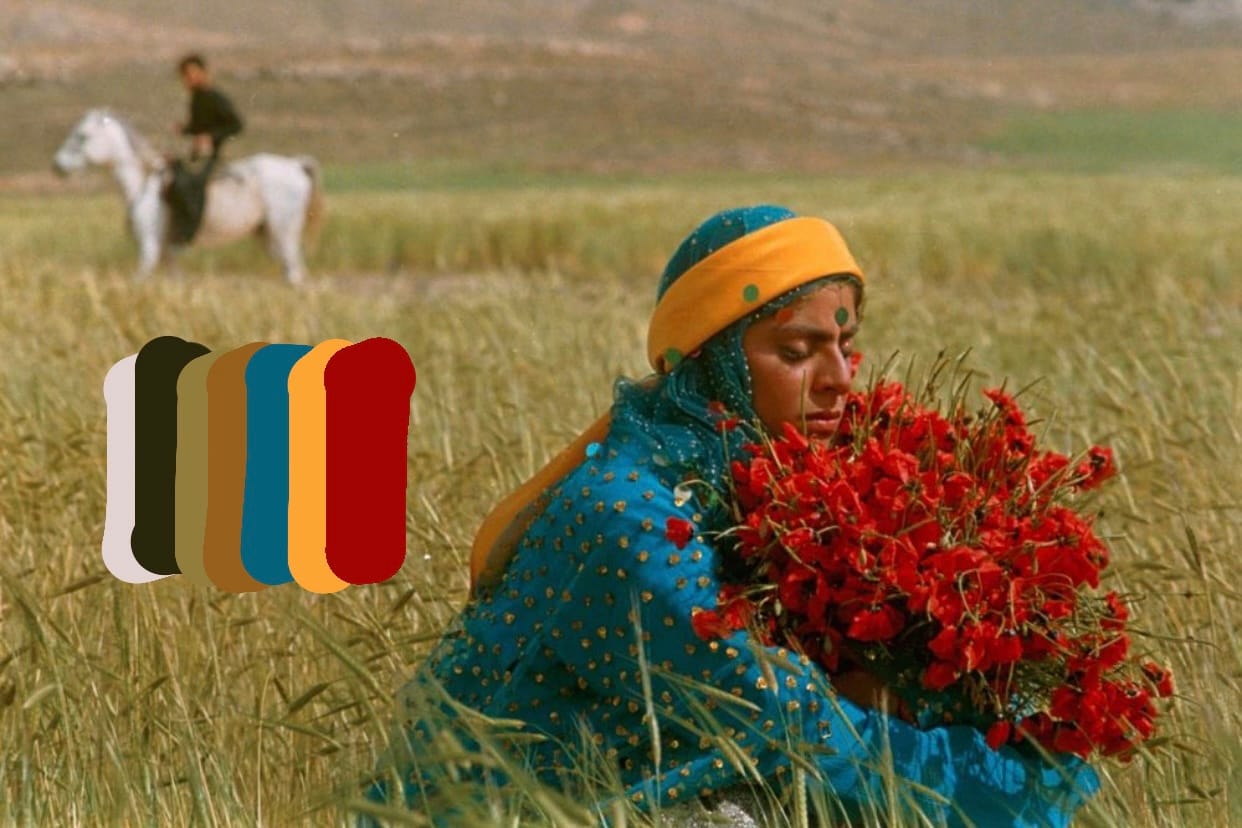
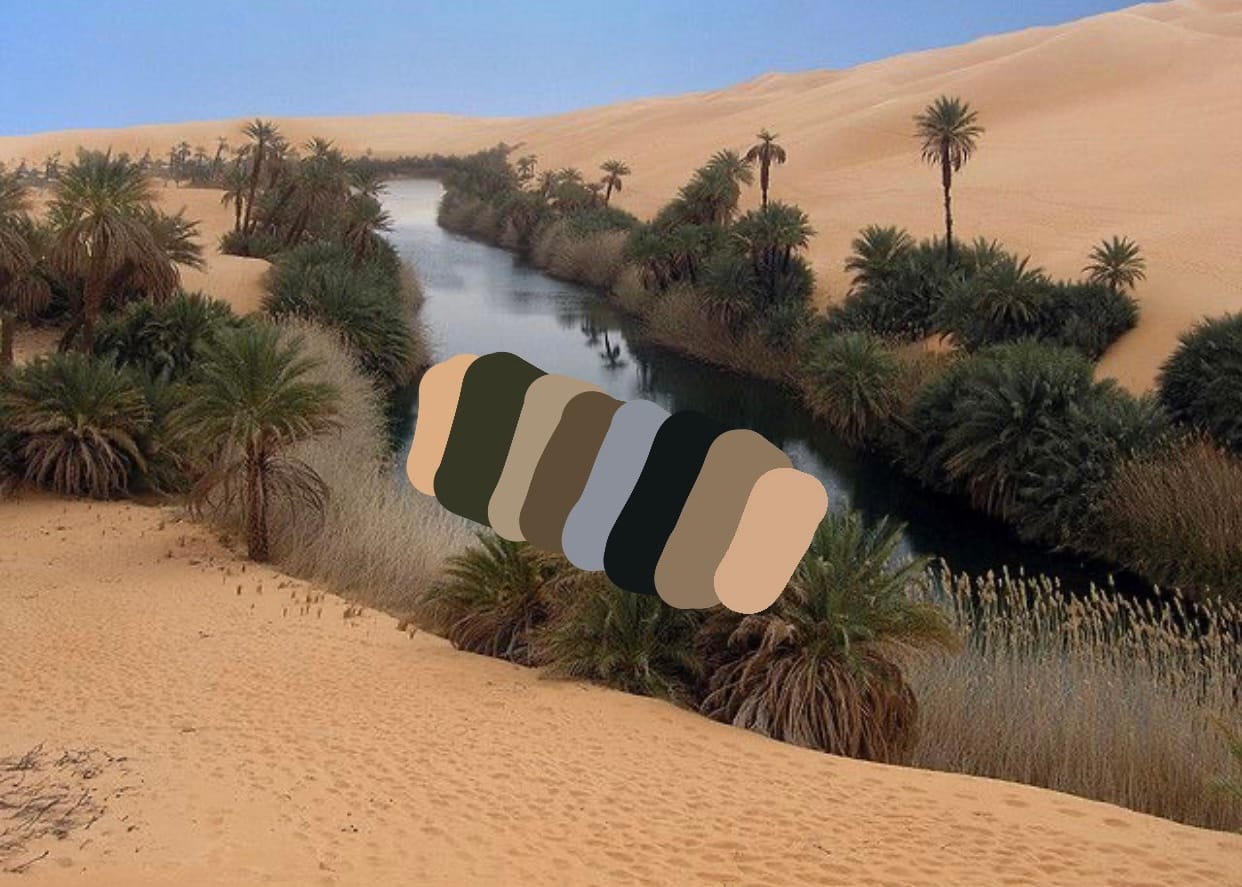


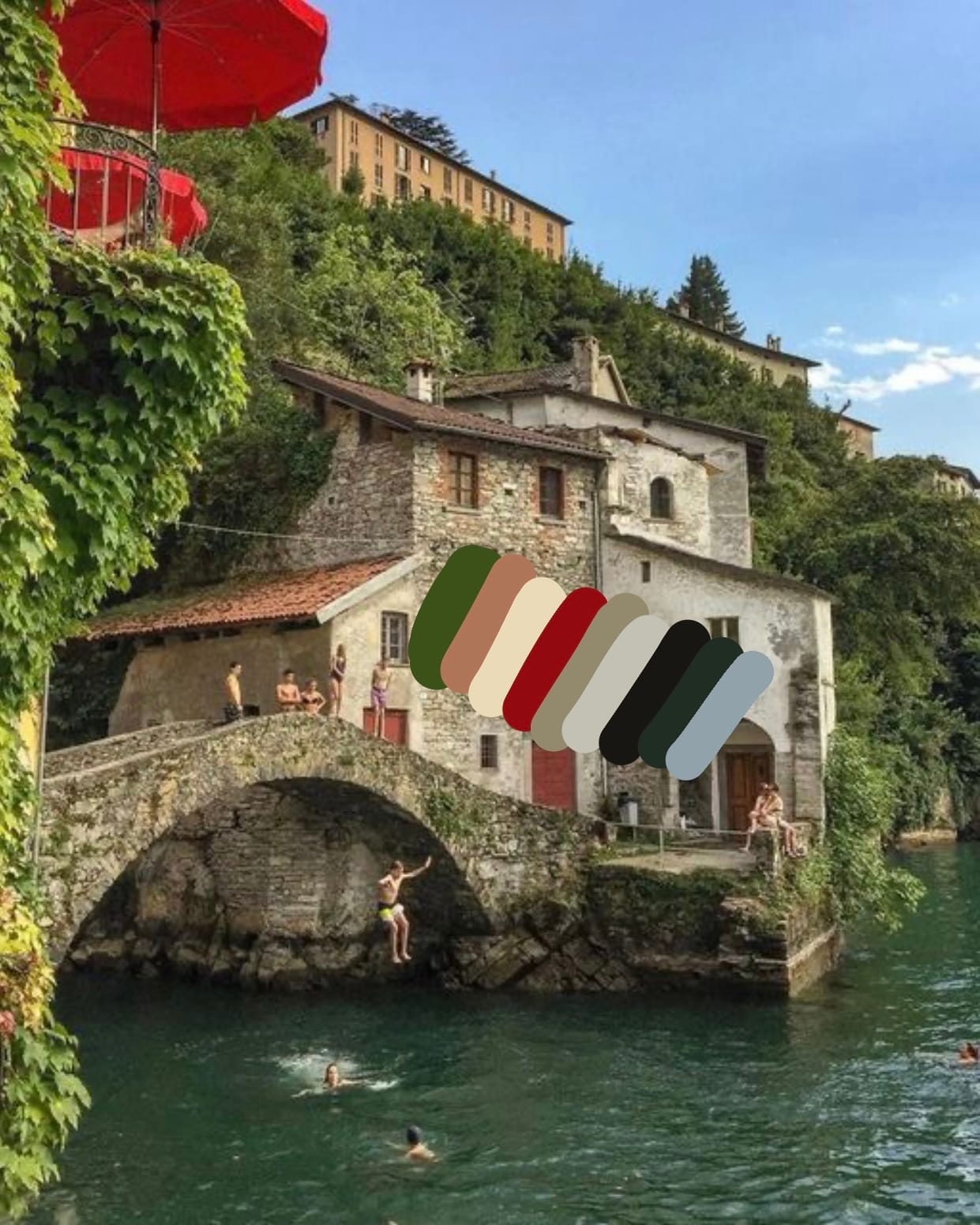
For diverse palettes
Even if you're not referencing a specific cultural background, places known for community and comfort are still good starting points. Although I mentioned we'd be excluding commercial locations, there are a variety of exceptions for places like bodegas, pubs, diners, etc. You want to look for places with deep cultural roots associated with connection, gathering, warmth, nostalgia, and the familiar. The colours found in these places not only complement each other well, but they are often already in nice arrangements. This is helpful for stripes or patchwork when you don't know which colours suit next to each other or how to properly "randomise" their placement. As these places are culturally significant, the emotional impact is also similar to that of the first guiding thought. The reason I have this separate from the point on ethnicity and culture is a lot of people reside within cultures that differ from their background or ancestry. If you don't know where to begin with your own ethnicity, look for points of community and comfort where you currently reside.



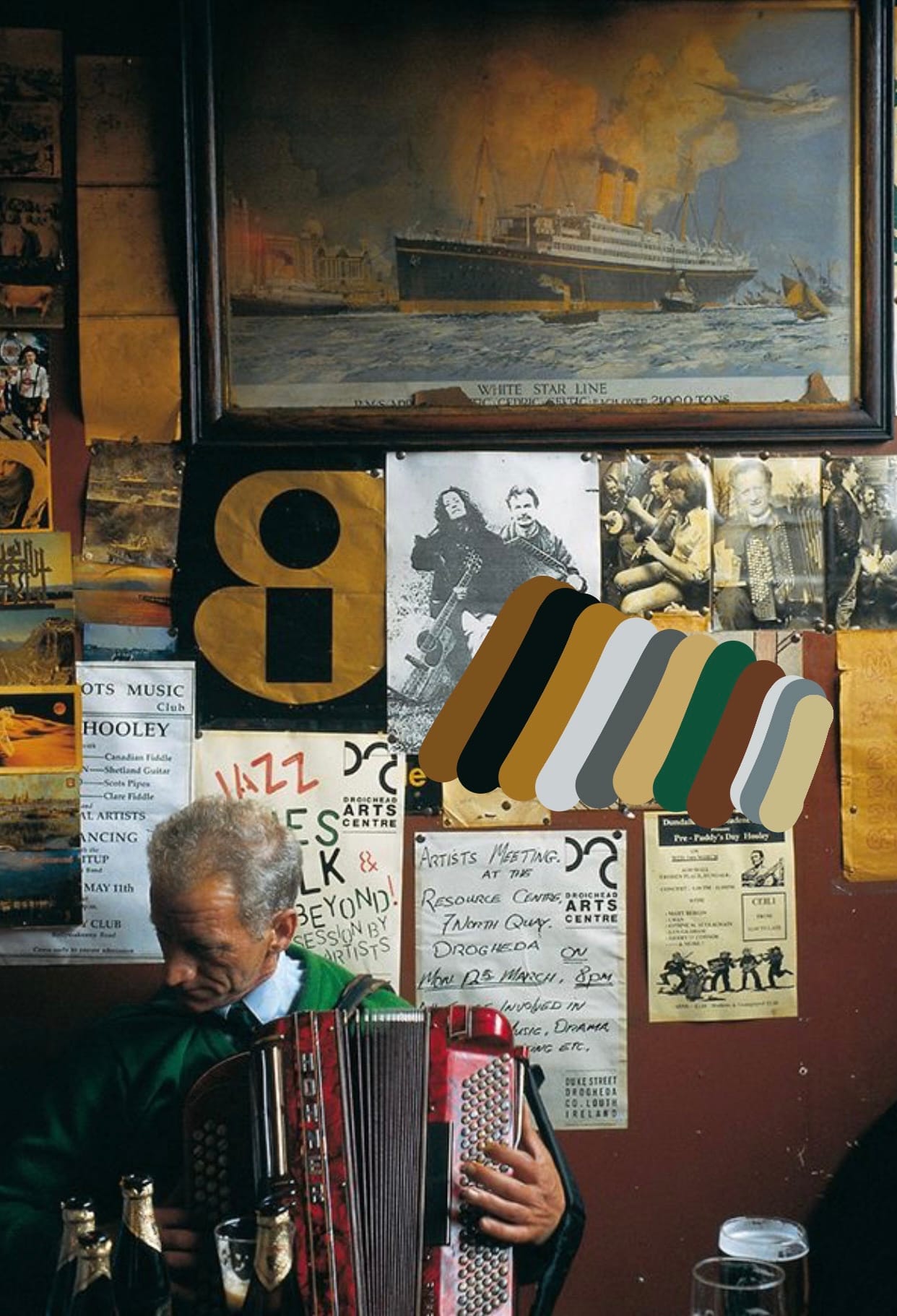
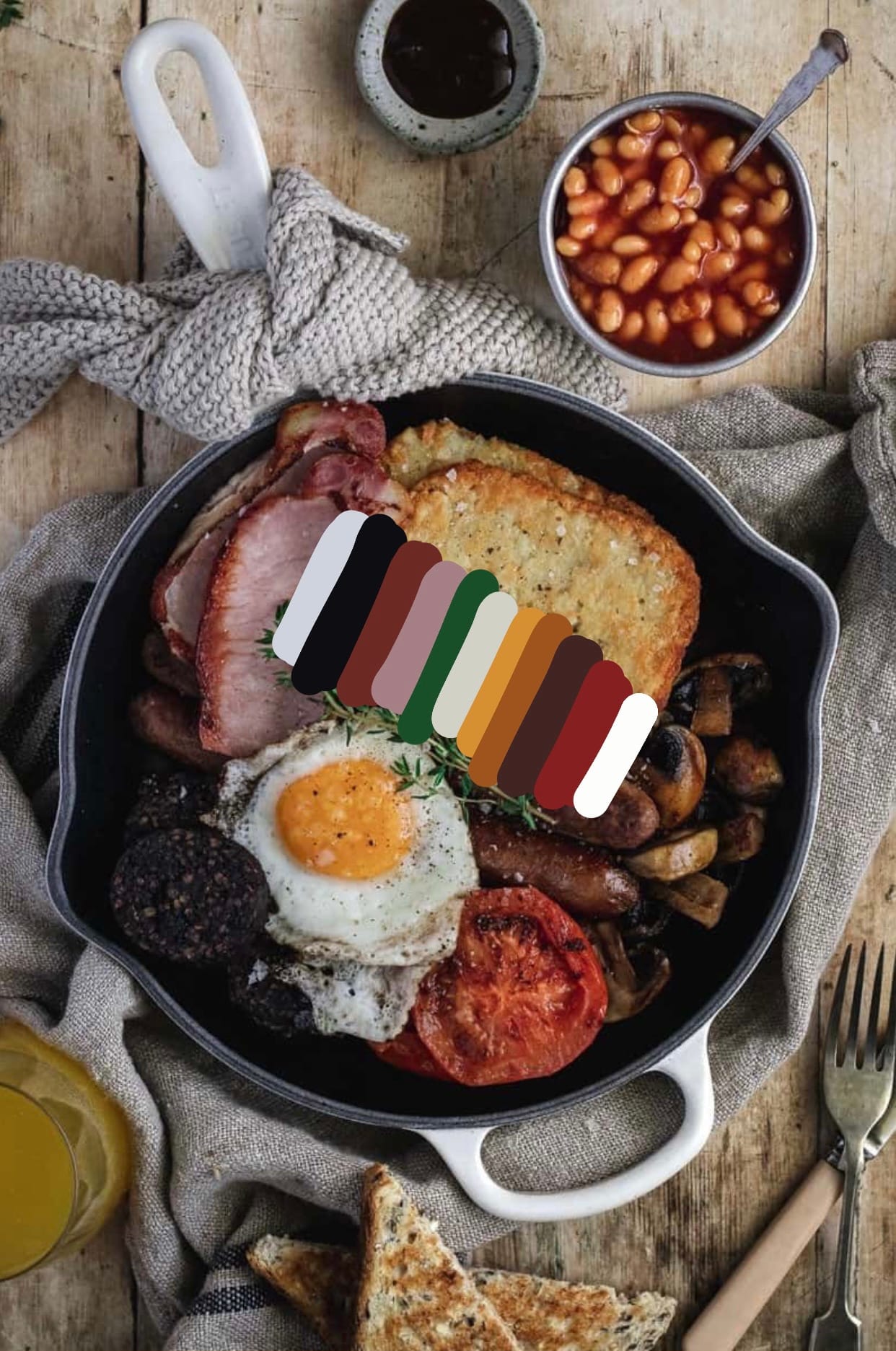
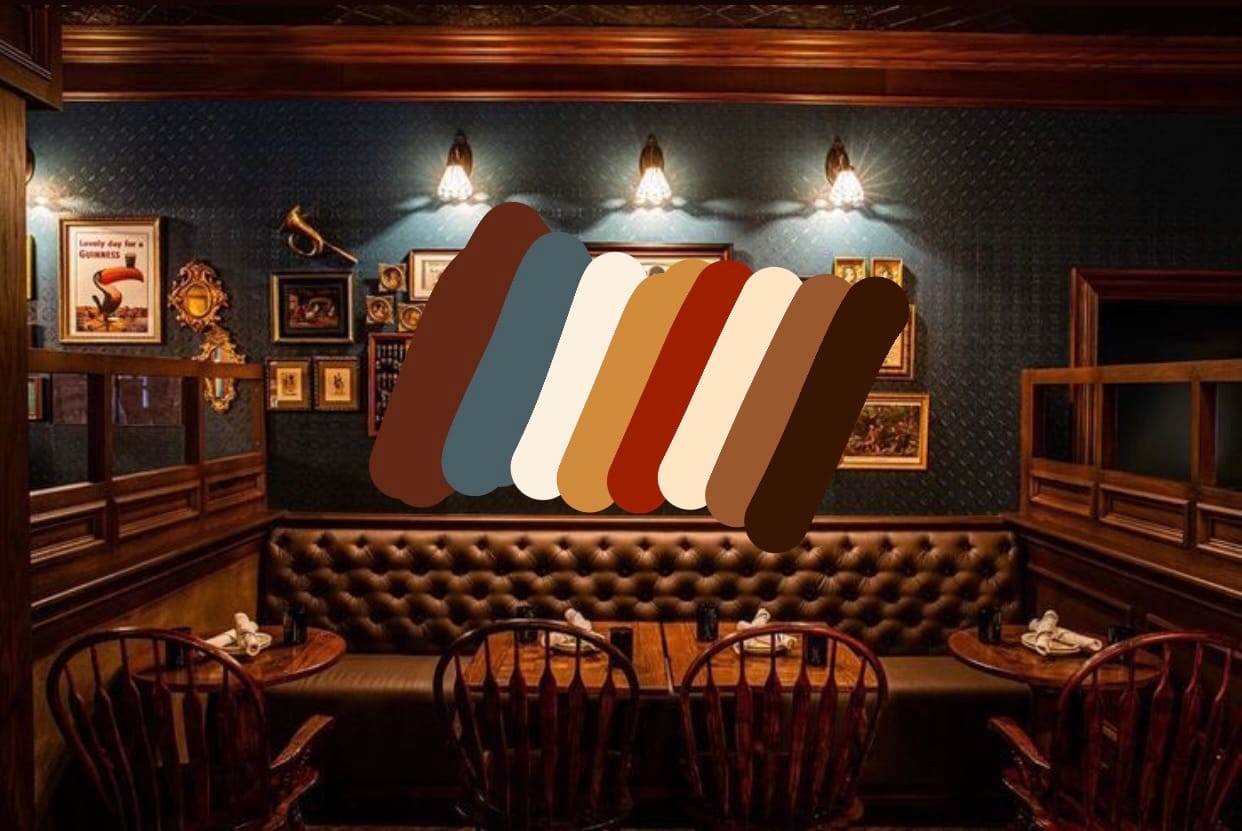
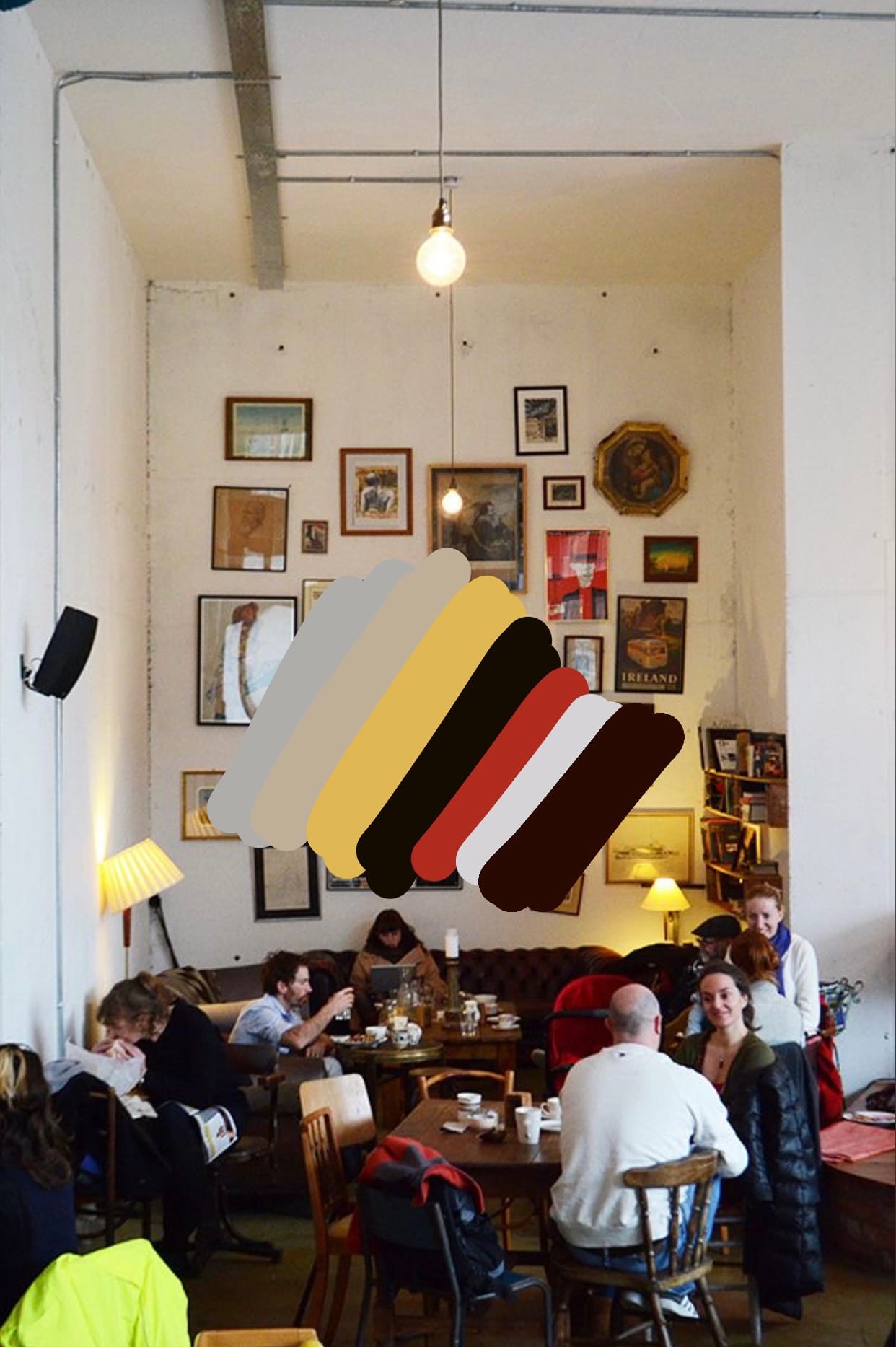

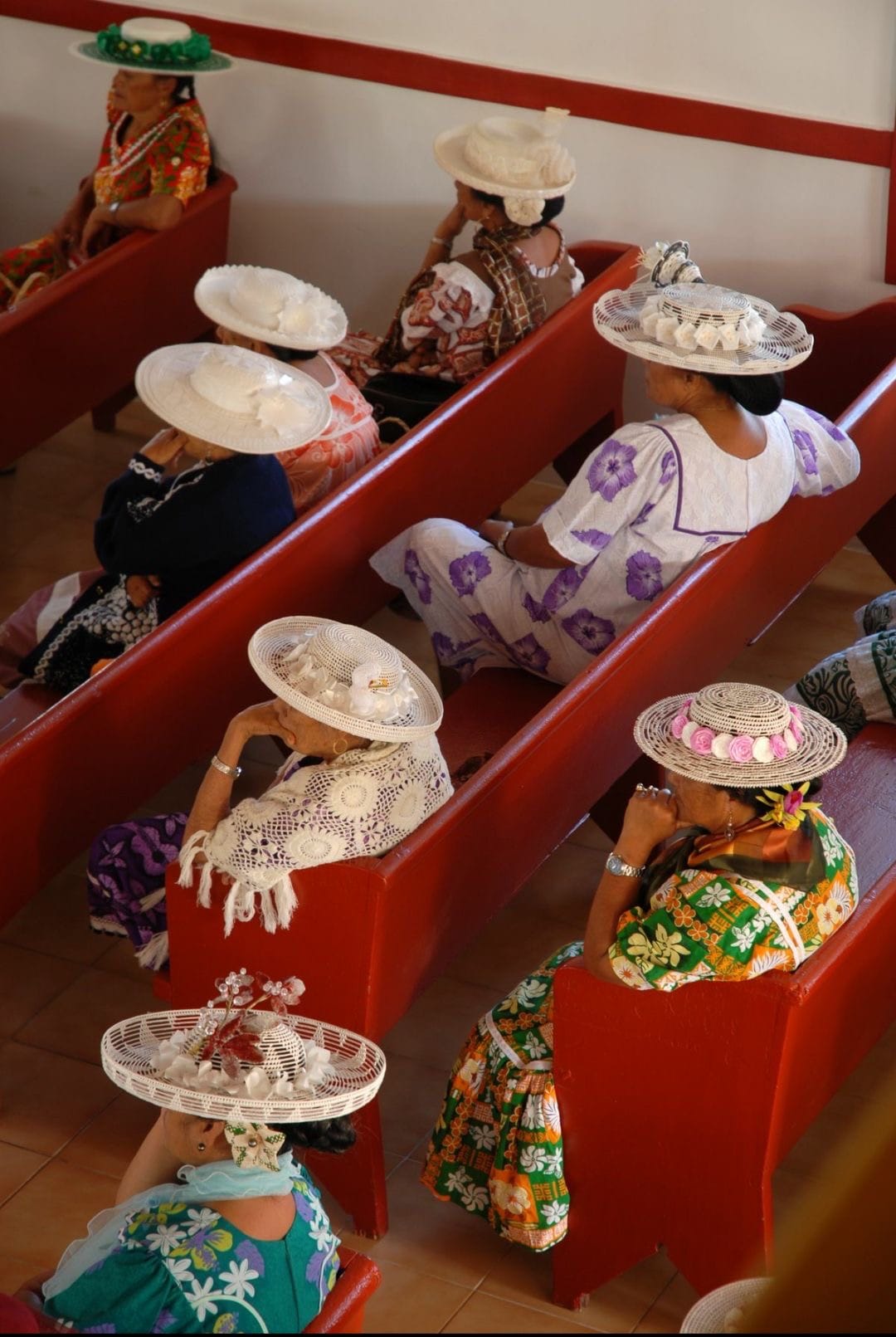
Now on to shape. While there are many ways to be inspired here, I am quite focused on flowers and underwater life.
With flowers, the inspiration there has already been widely established over the past few years, specifically in places like the U.S. and the U.K. Floral references, volume, and ruffles have long, stable lives in other cultures. This is one of those areas where looking to tradition or basics may vary from region to region.

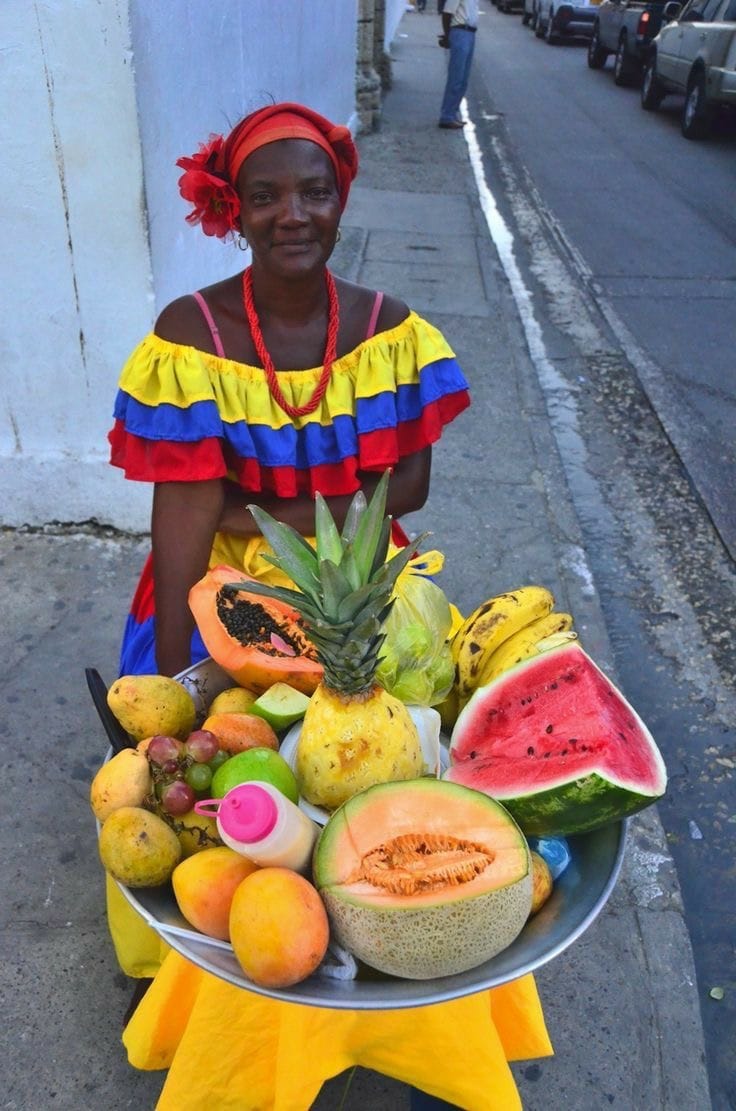
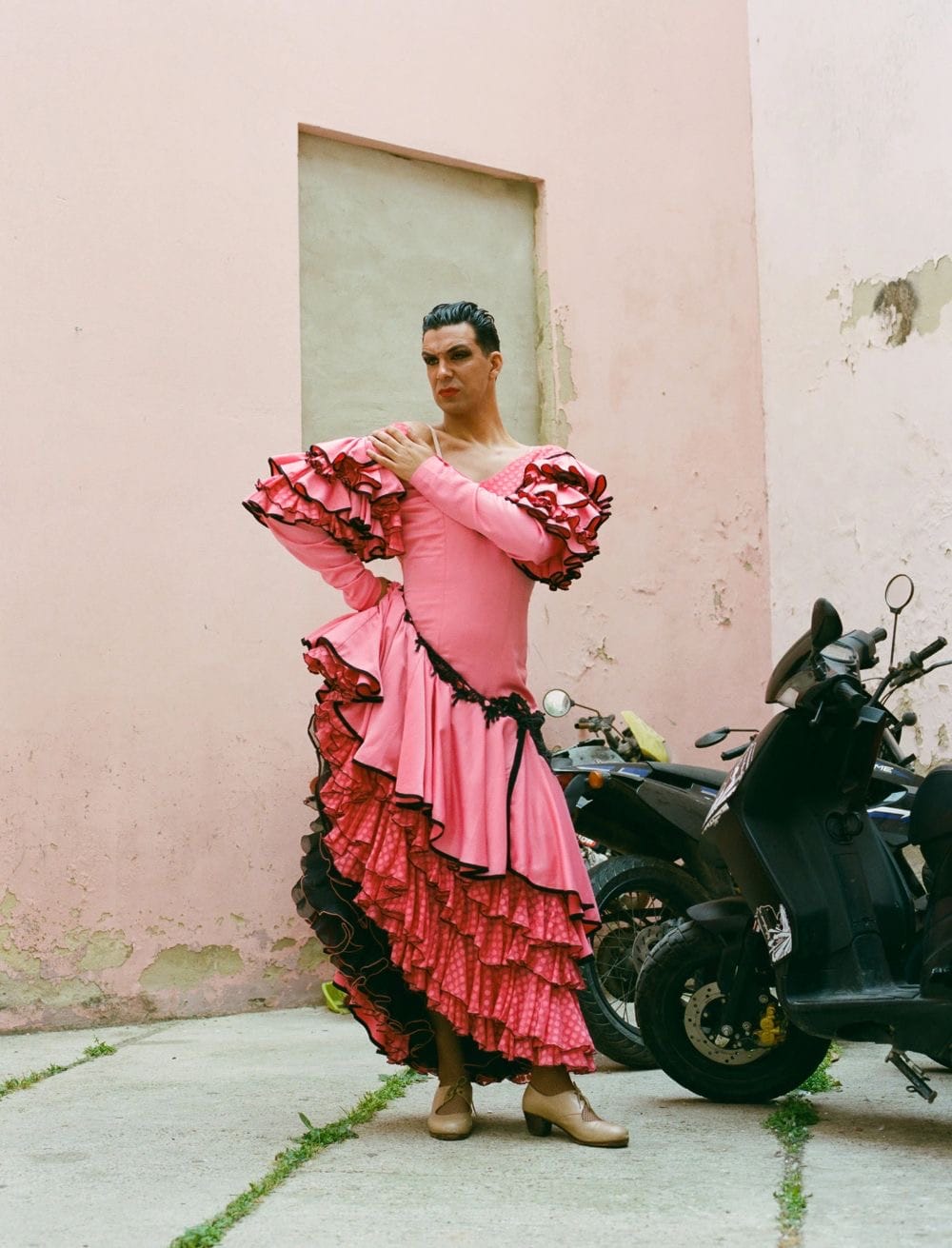
With underwater life, I've just noticed how some creatures have anatomy that resembles garment designs I've seen or that could be referenced for new designs.

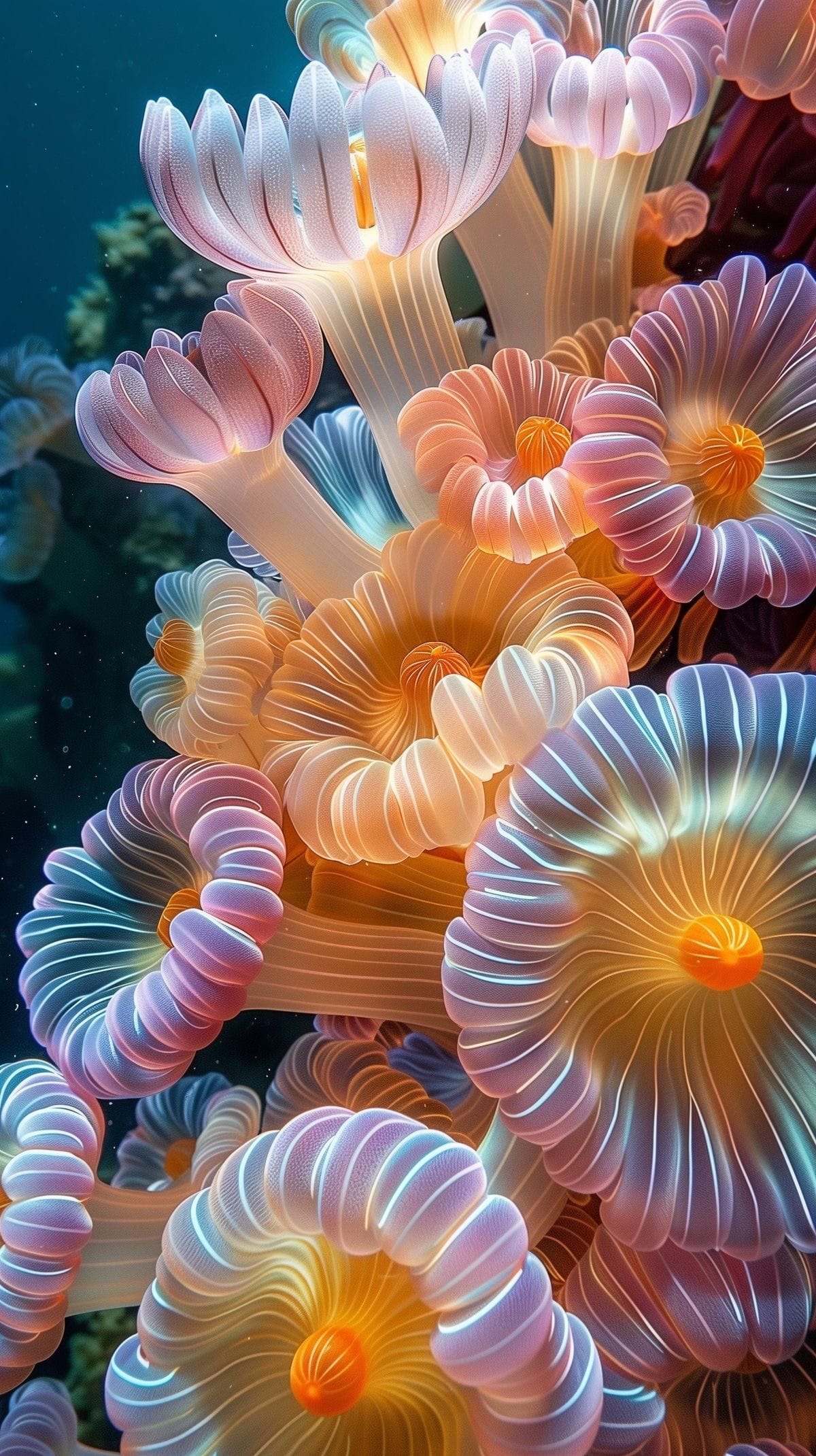

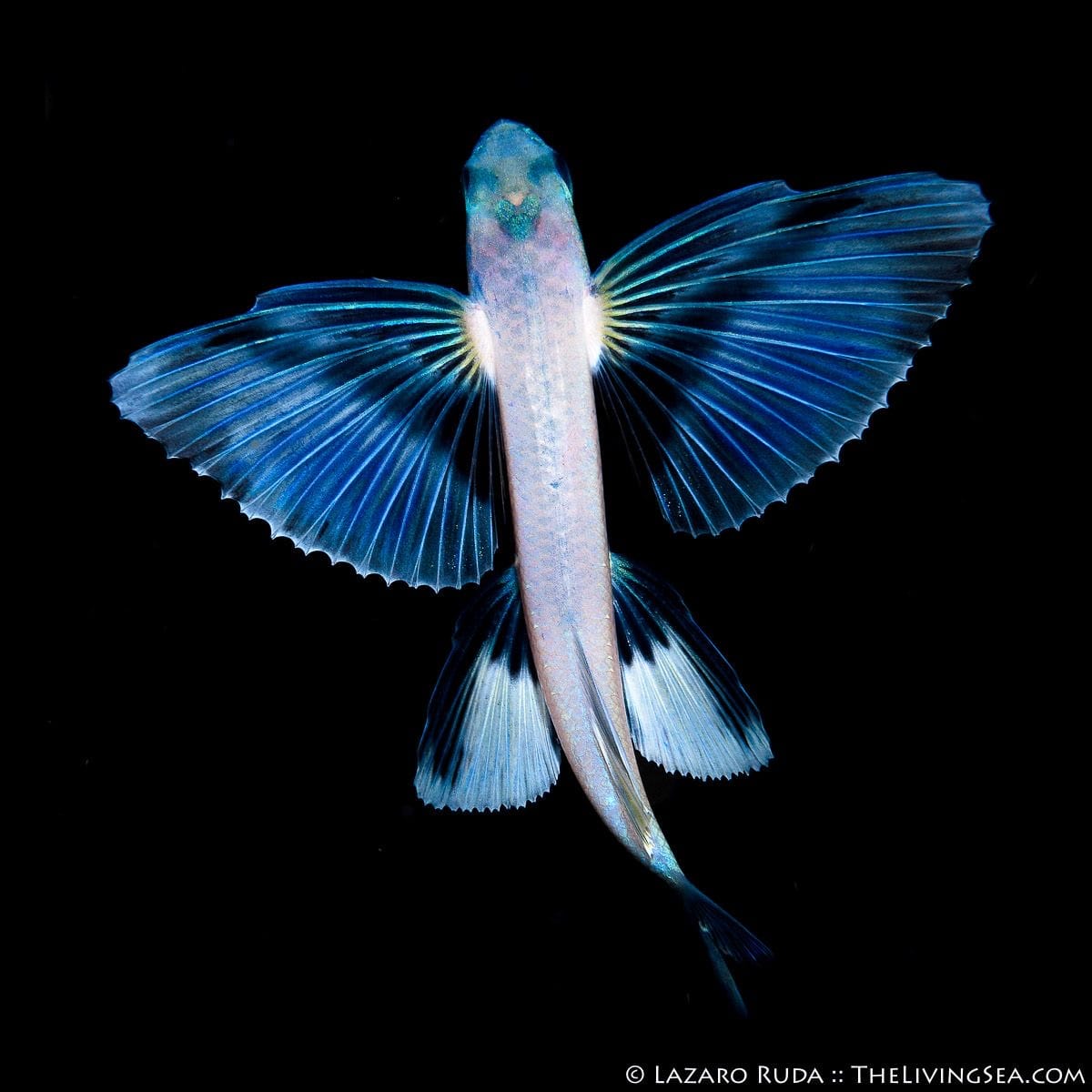
If it looks like Art
This guiding thought was mostly chosen for colour inspiration. Like communing places and candid photos, I find paintings can provide beautiful, well-balanced colour arrangements and you can use a colour picker to draw out palettes in a similar manner.
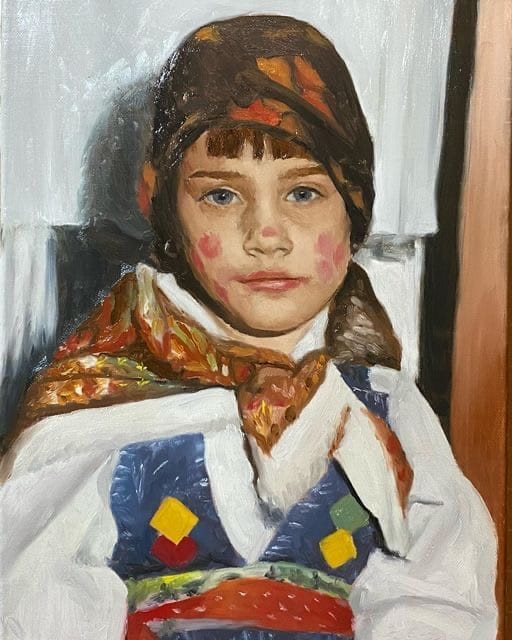
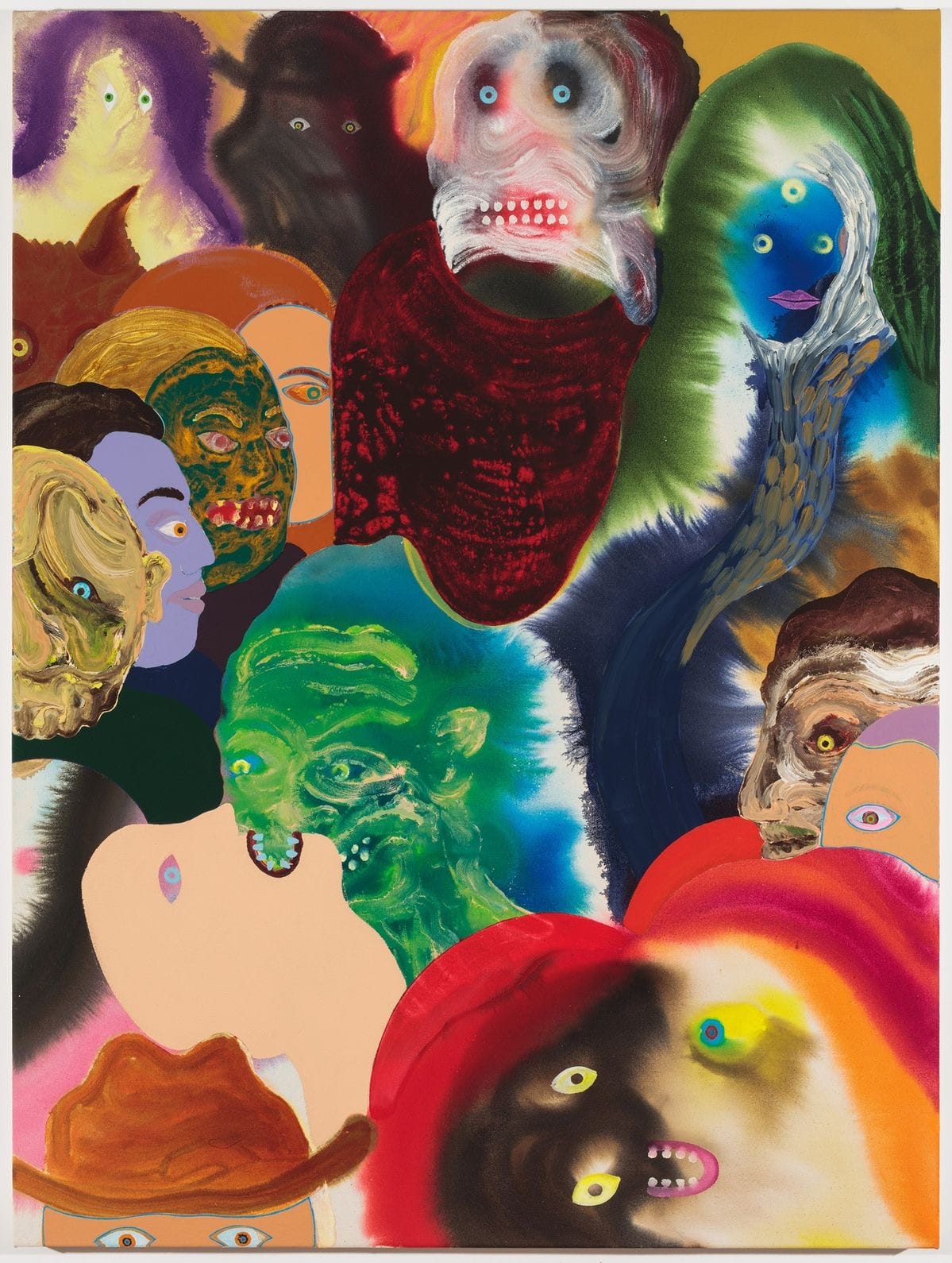

If it's reminiscent of a Bookshelf
Again looking at colour, if a palette is reminiscent of a bookshelf, that might be a good direction to go in. This thought is similar to finding community spaces and cultural centers. I would avoid shelves with very intentional colour curation and arrangement as that defeats the purpose. The average library would be a good place to start if you want a varied palette that complements basics and neutrals without exclusively relying on black and white.
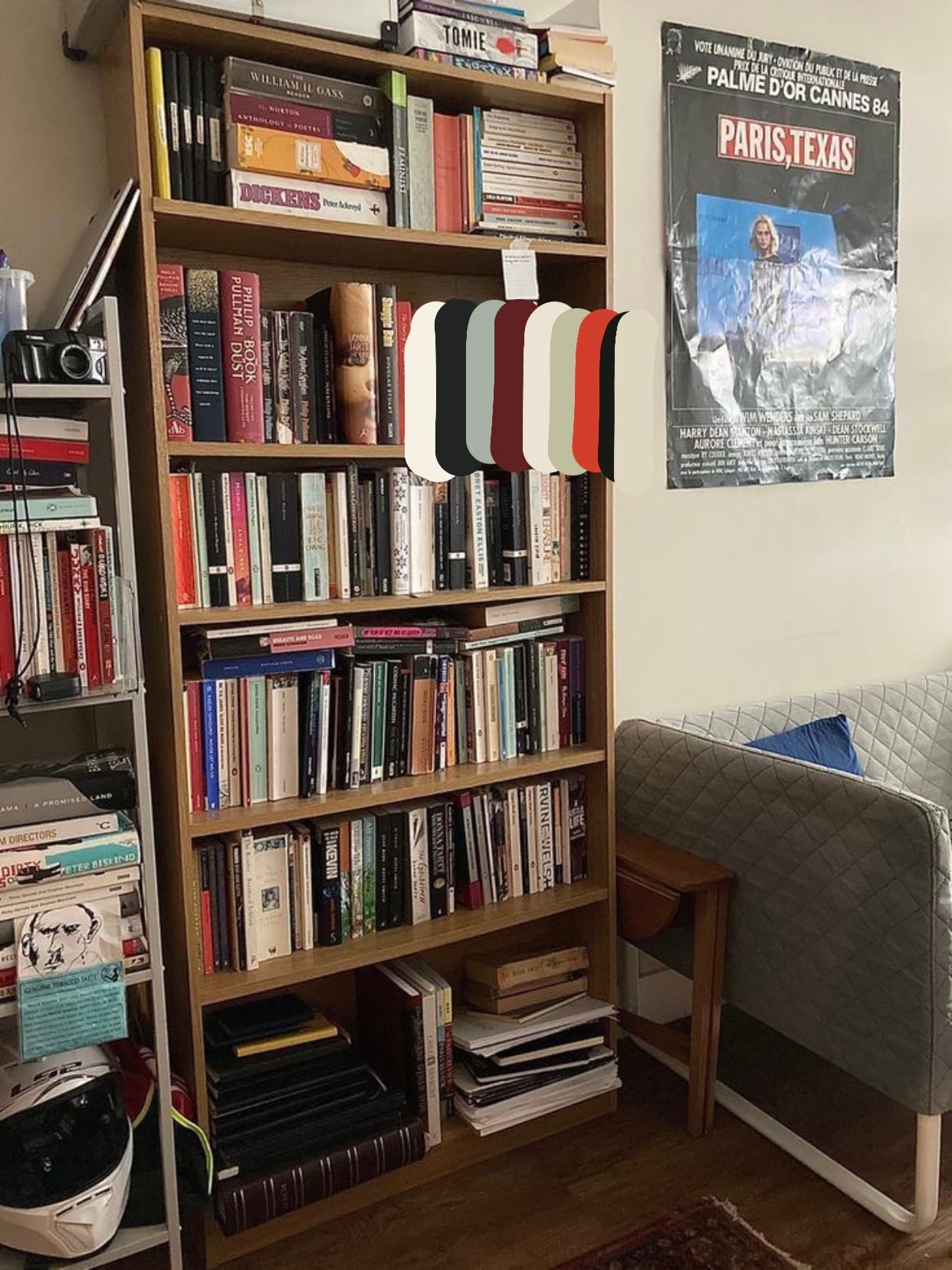


Consider Natural Fibres: Wool, Cotton, Linen, Jute
Working with natural fibres is one of the thoughts that doesn't usually come first in a creative process, but it may be useful to start with this kind of constraint. Often you'll start with what you want to make, then how you'd like it to look, before thinking about how to realise your ideas and which fibres to use. If you're still feeling flexible about what you make or you have no ideas and just want to crochet, starting with natural fibres can give you inspiration for items you're maybe more likely to use. Because these fibres have certain qualities that make them ideal for specific pieces, you are made to think about practicality and function far earlier in your process than if you had thought about fibres third or fourth.
Beyond providing a useful constraint, natural fibres crocheted tend to create fabrics that blend well with store-bought, woven, sewn, or knit pieces. As mentioned in the first guiding thought, homemade pieces can already be difficult to wear if a homemade quality is not part of someone's existing personal style. Using natural fibres helps with this. Cotton can be quite neat, animal fibres quite soft (visually ie. good for smoothing over crochet stitches), and bast fibres like hemp and jute work beautifully for accessories and interiors.
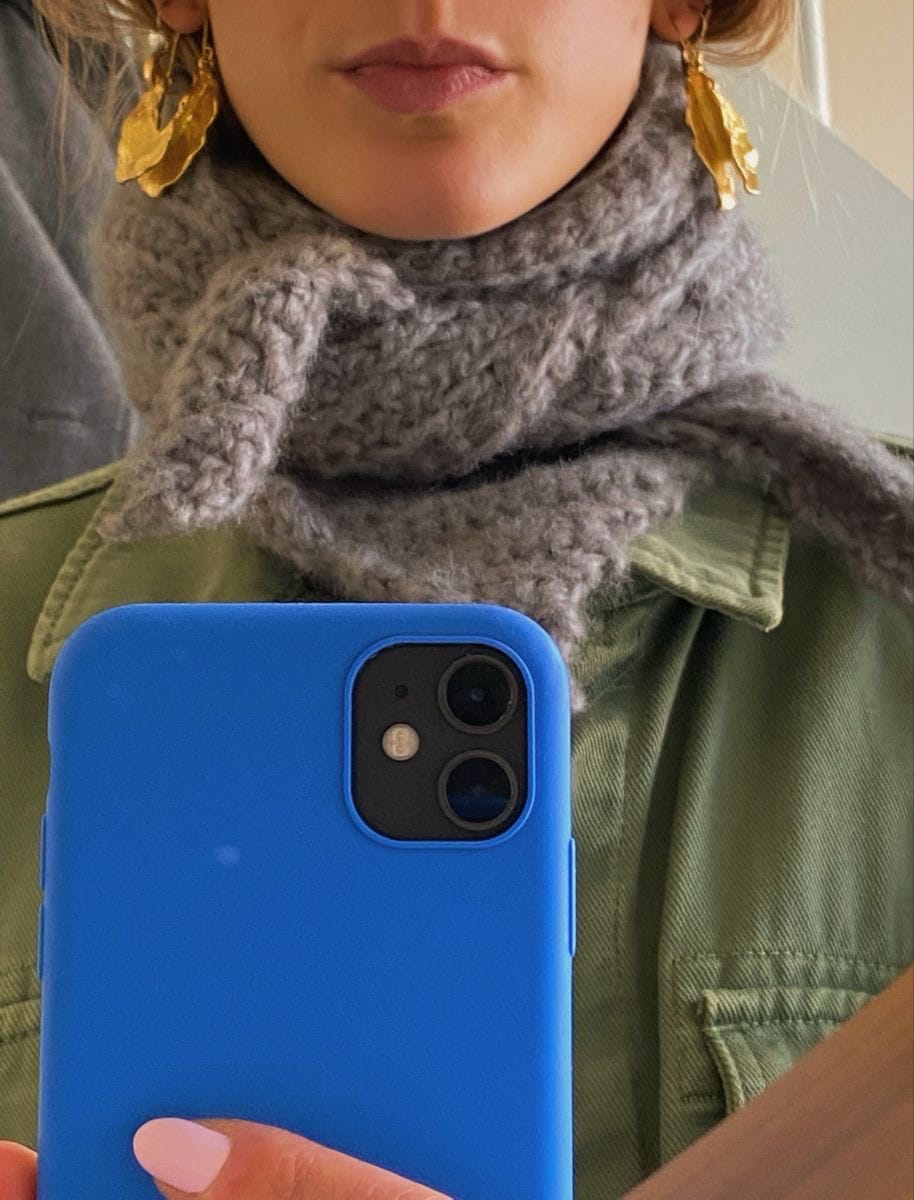

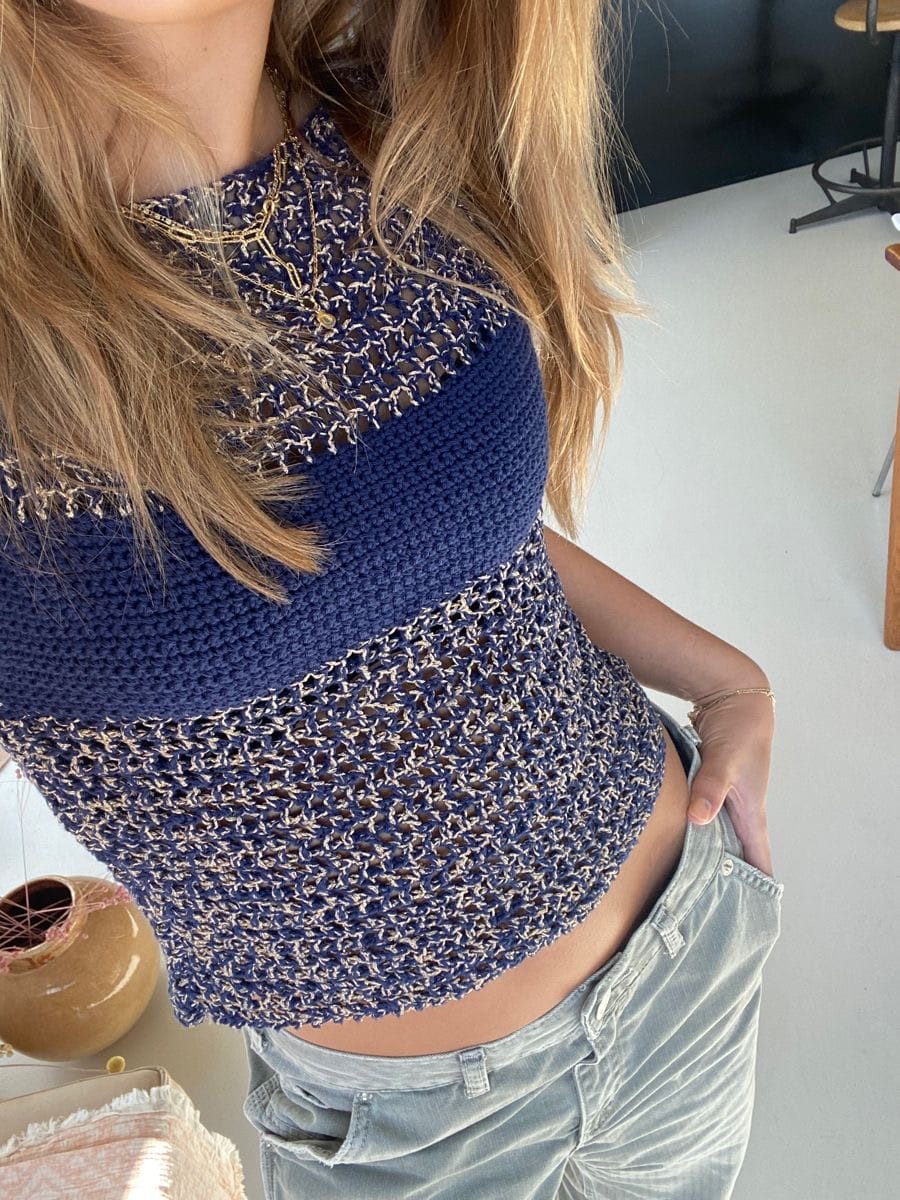
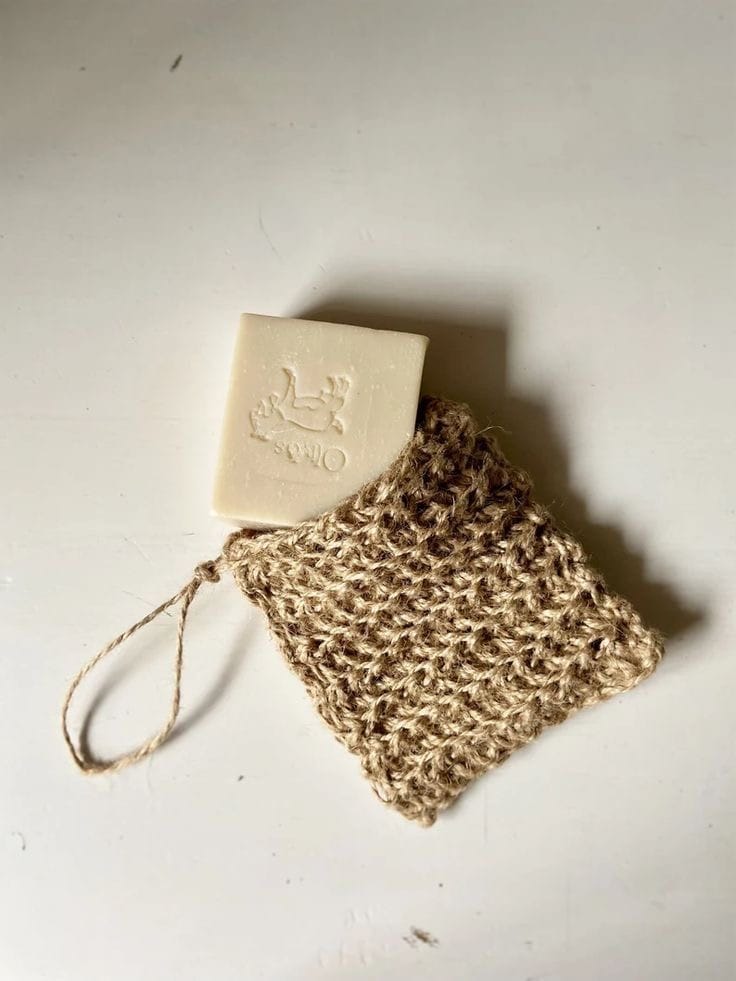
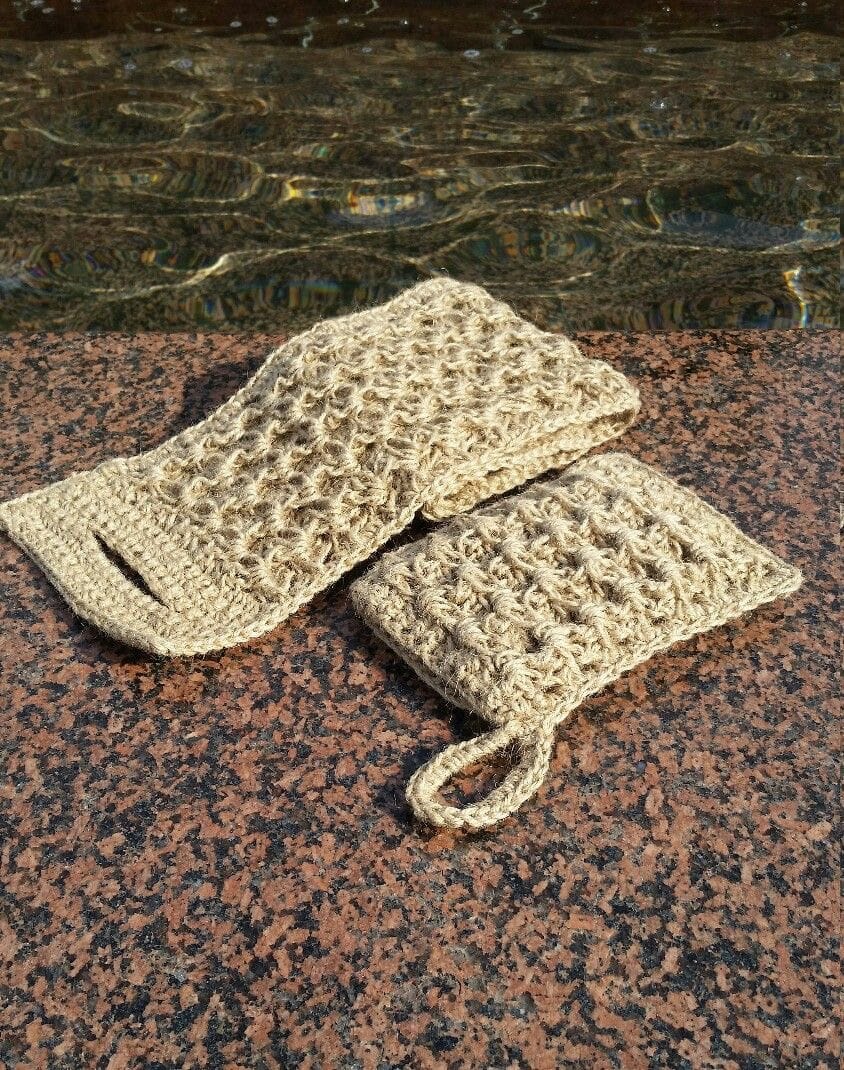
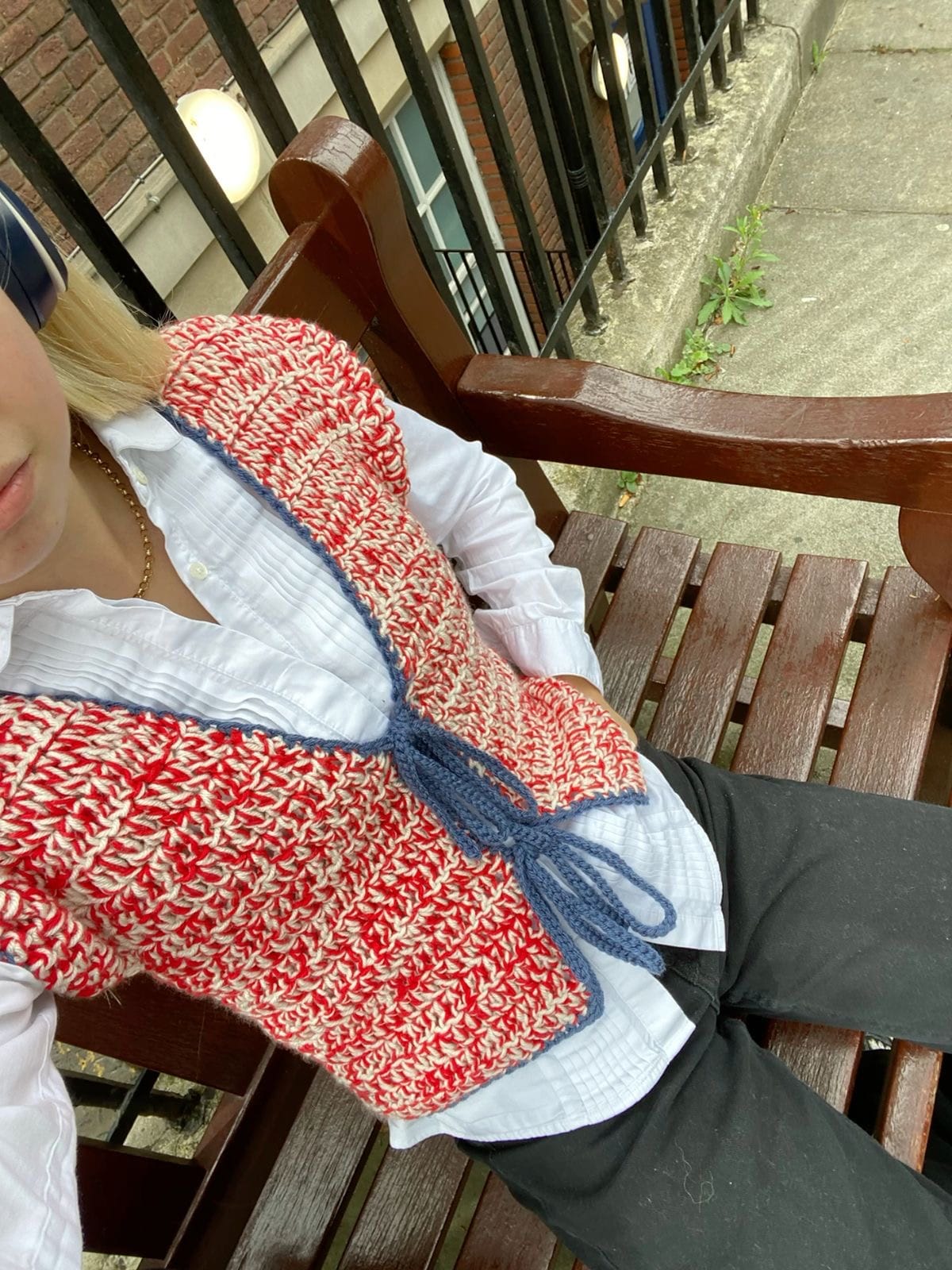
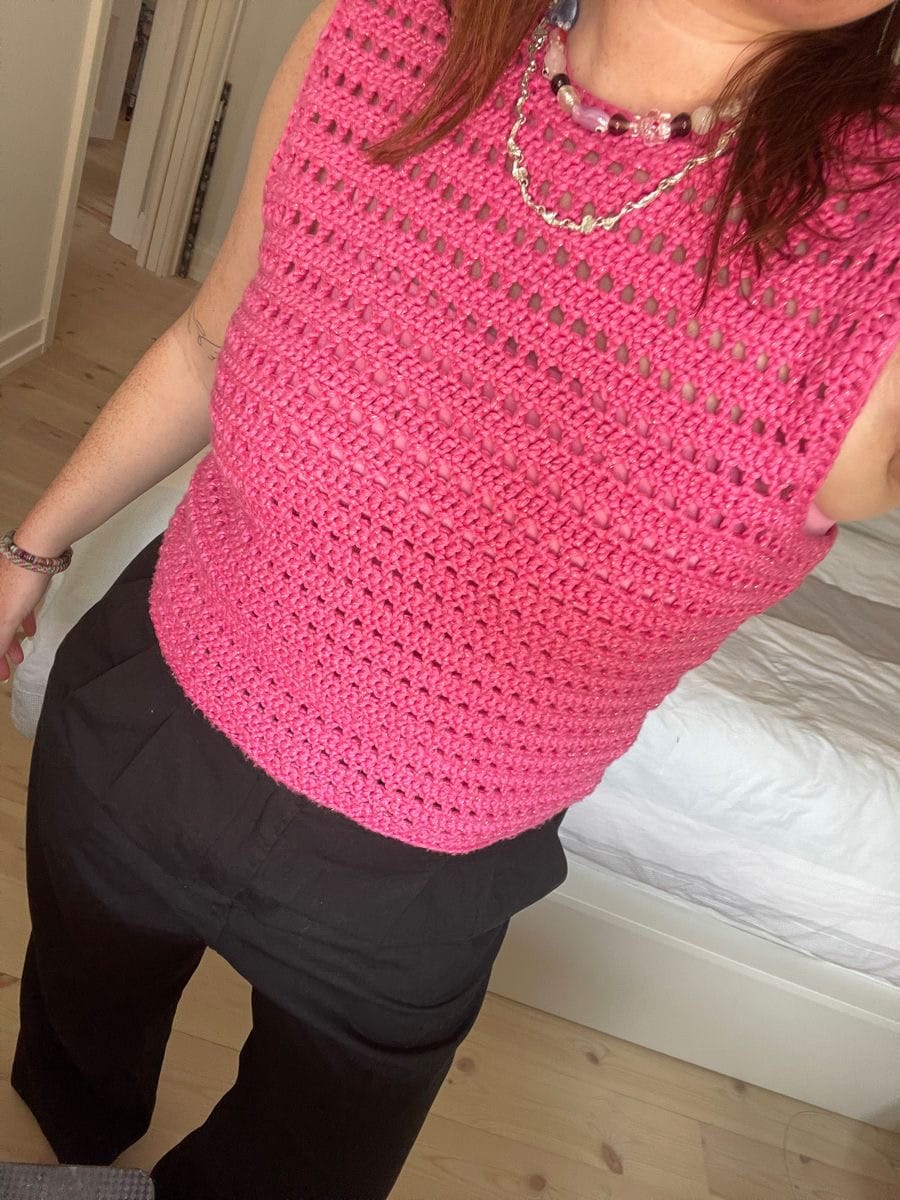
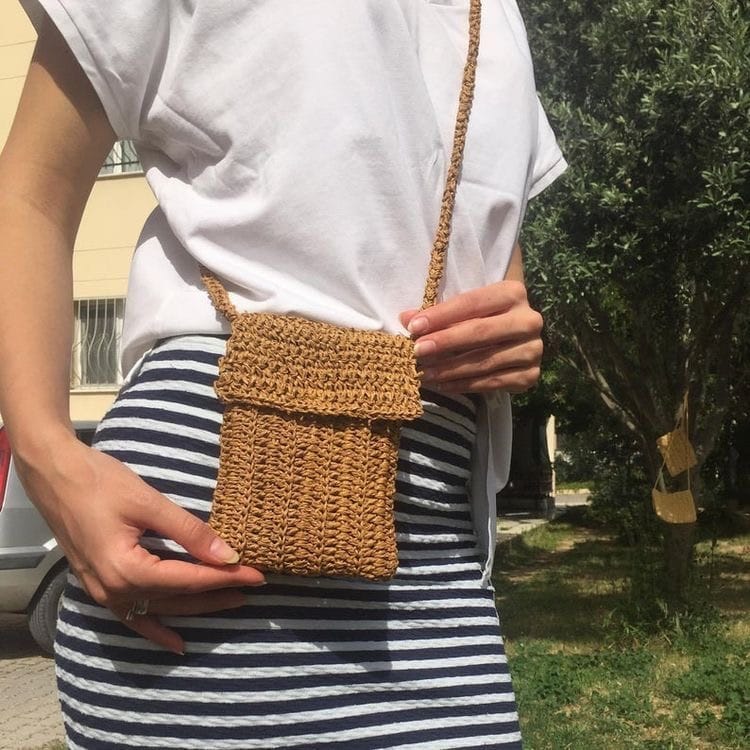
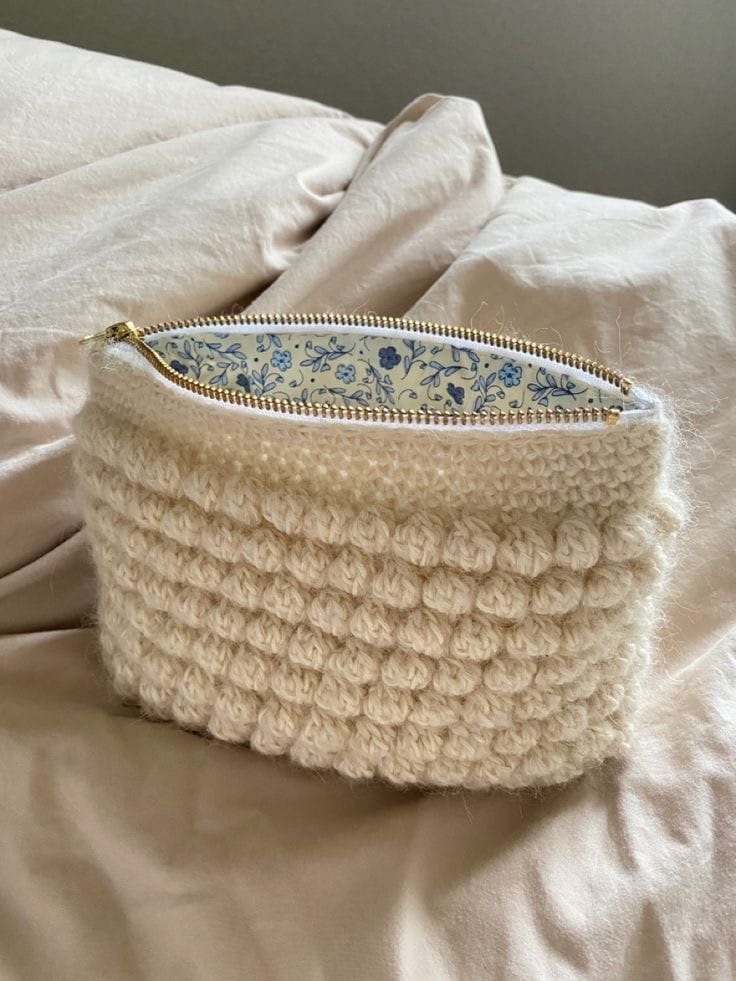
If you don't want to consider natural fibres first or use them at all, at least consider using yarns with natural blends or yarns that imitate natural fibres. Many acrylic yarns do this well even if it's not in their marketing, but finding them will require research, intention, and a clear idea of what you want.
Closing
I have many more thoughts on making pieces that get regular use, but those will come in their own articles. Even the points here could be extended further, but for now, they exist to provoke thought rather than address every possibility. May this be a starting point for genuinely fulfilling your desires and goals with crochet.
View the Pinterest board with over 100 images to inspire you.